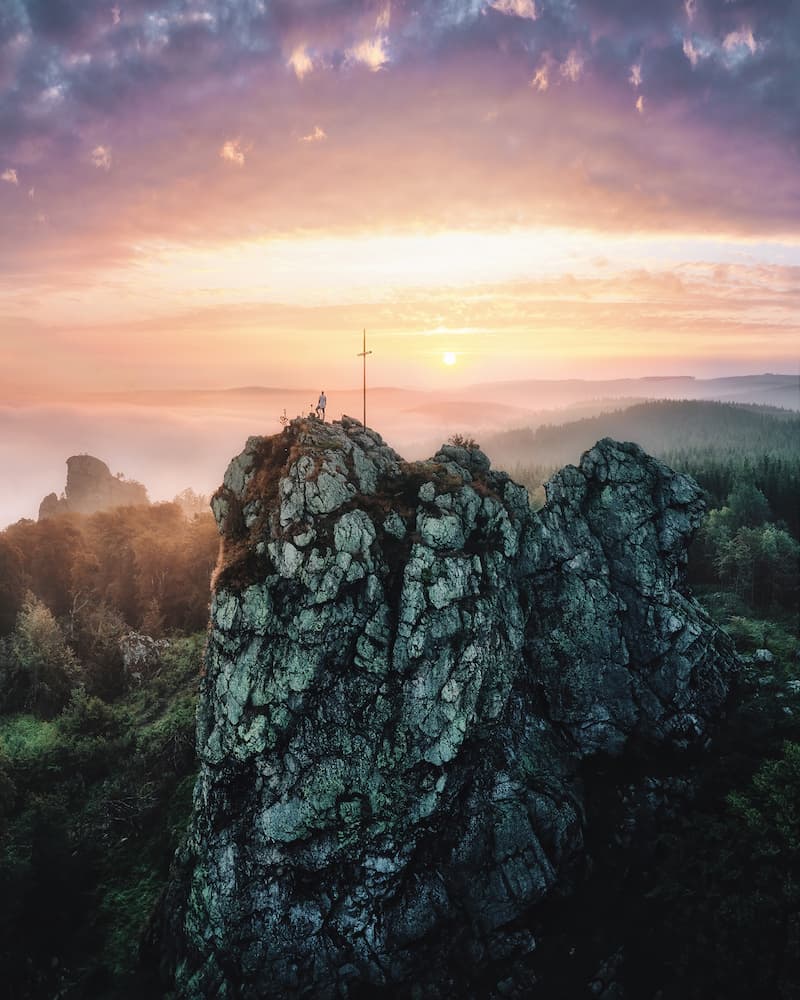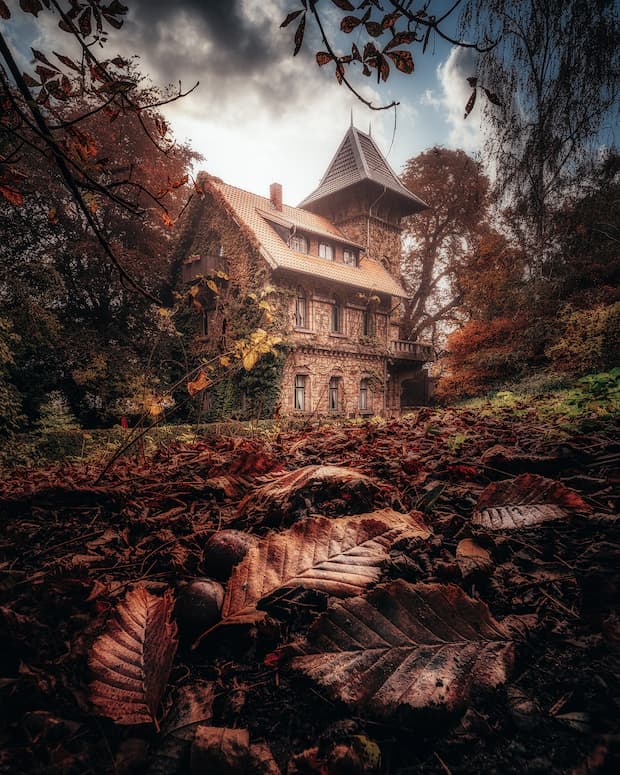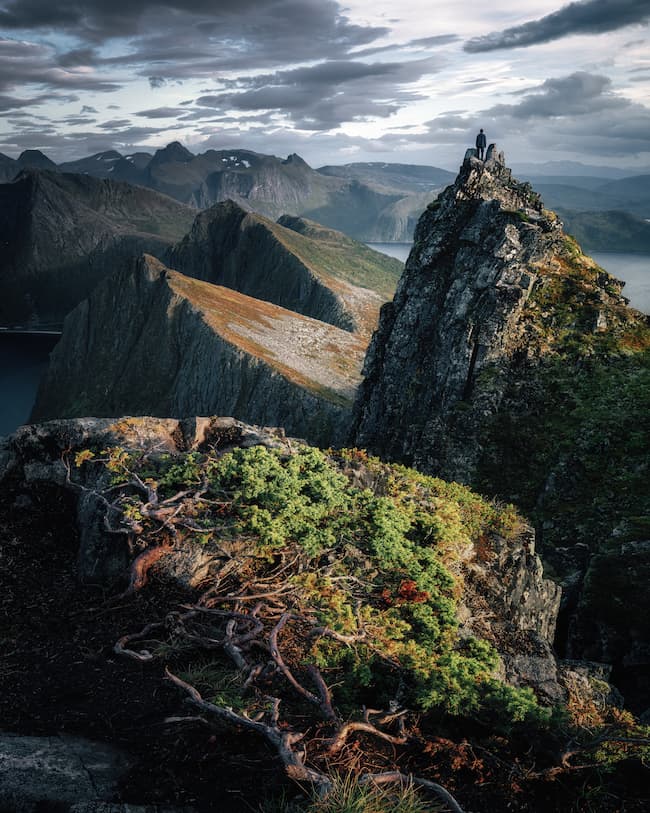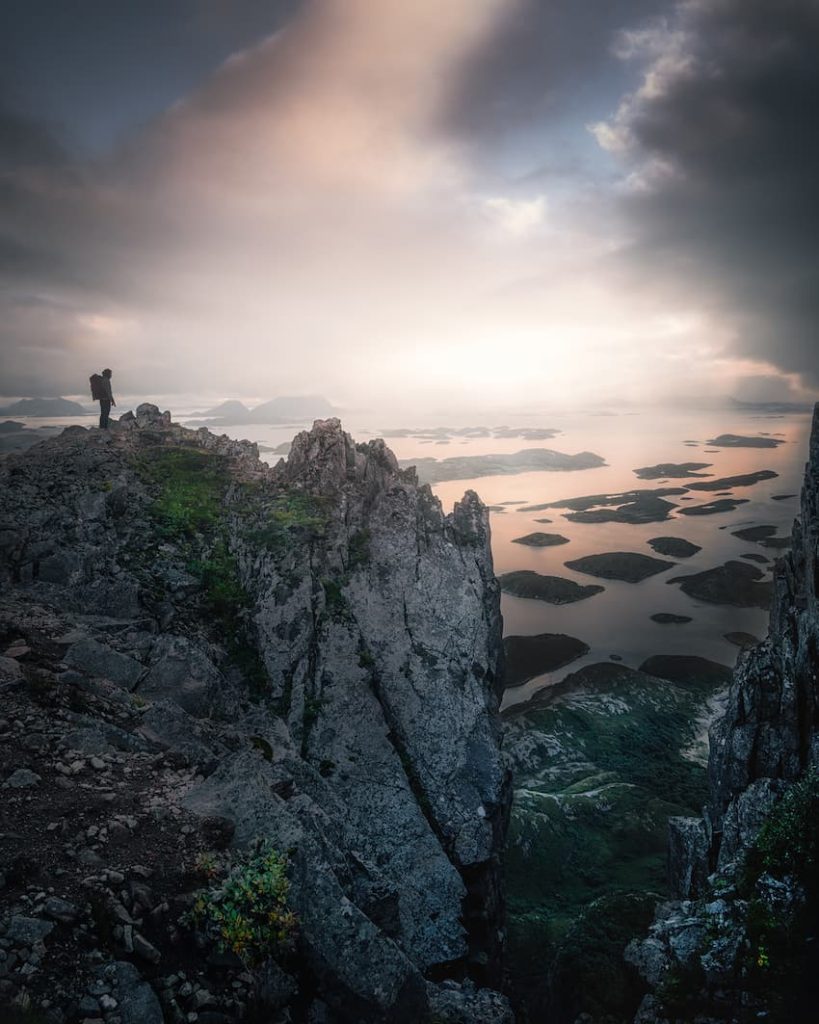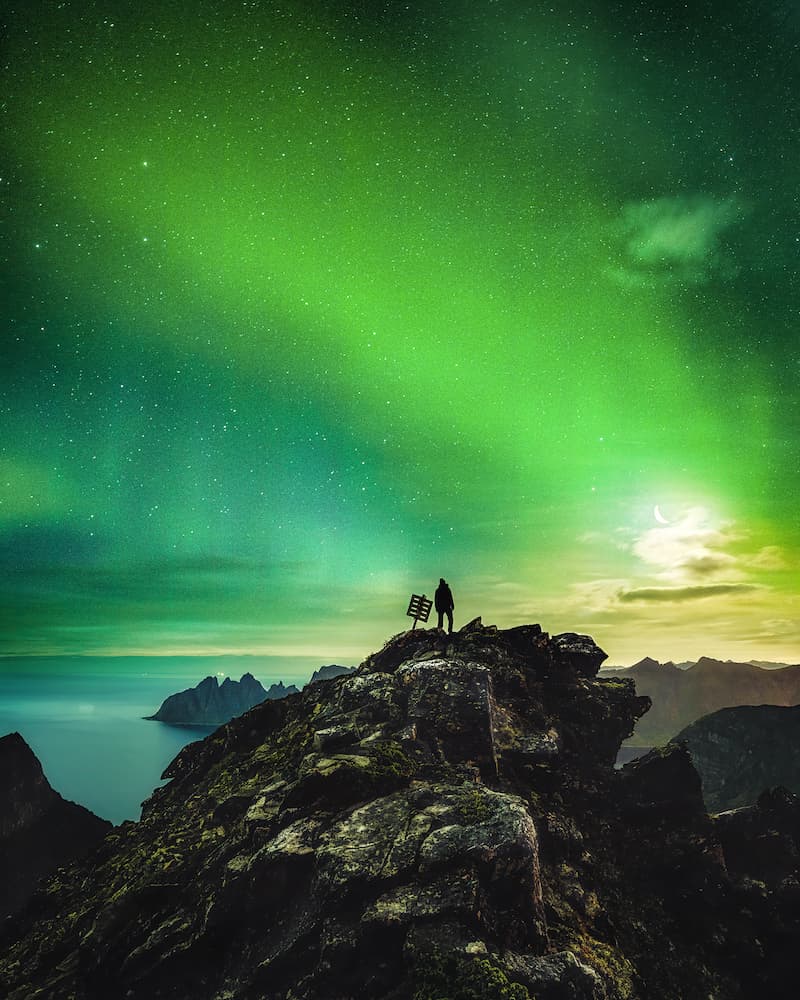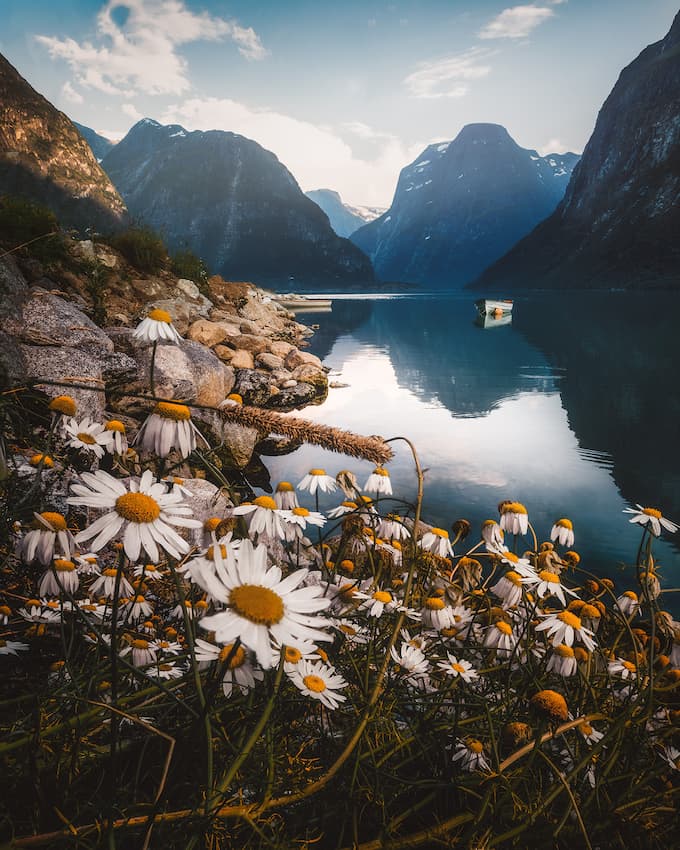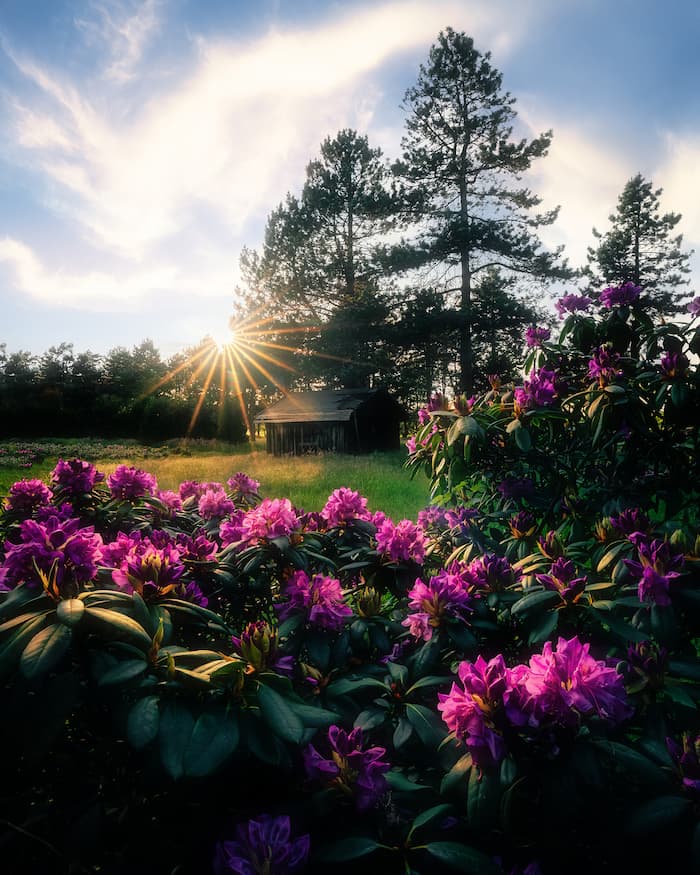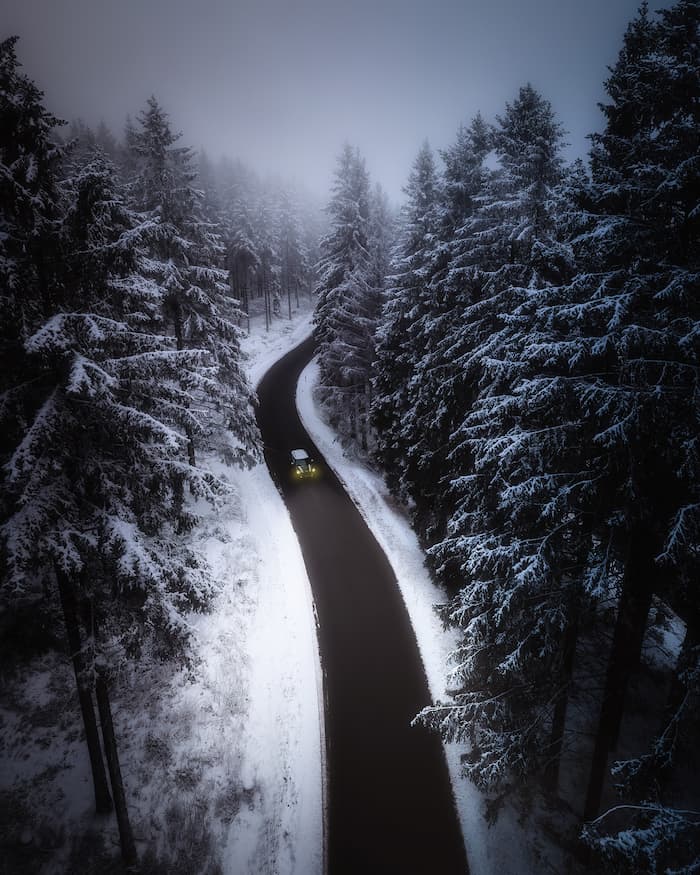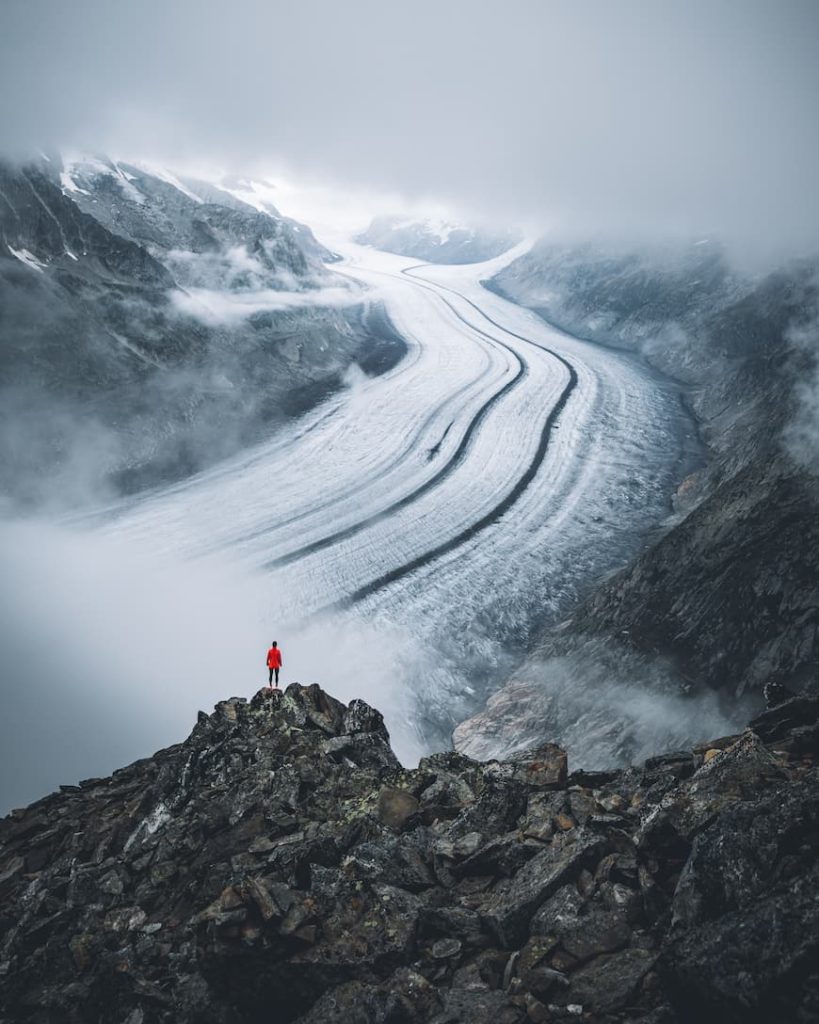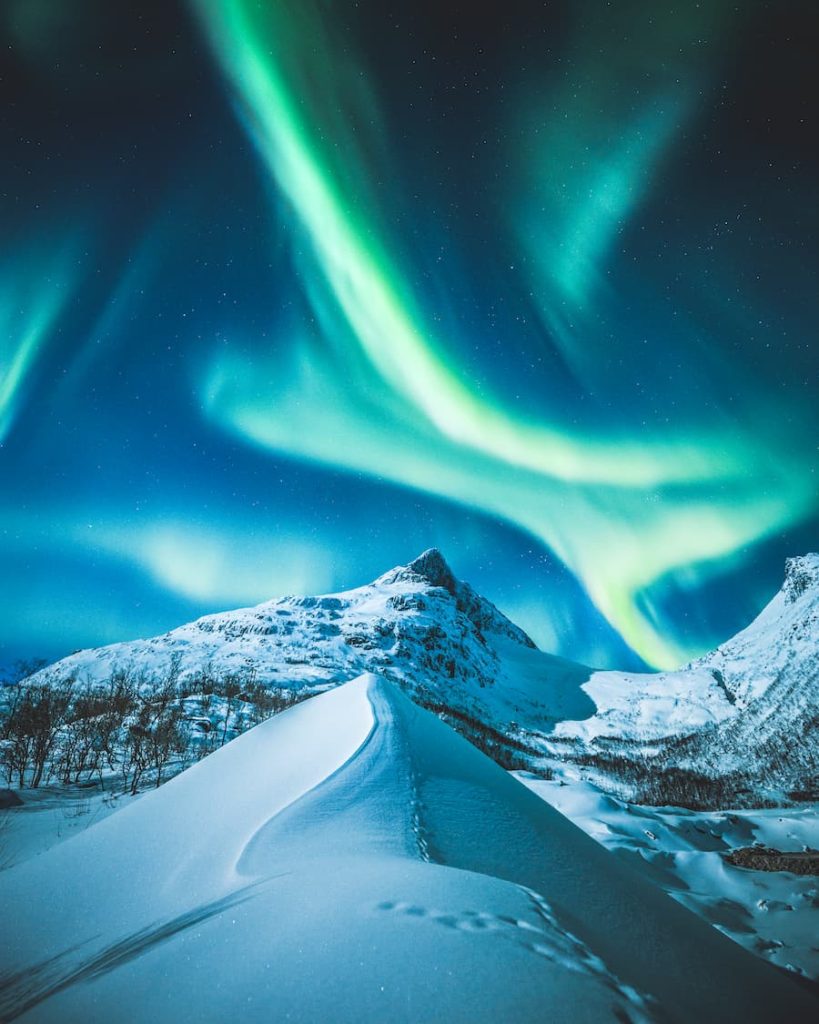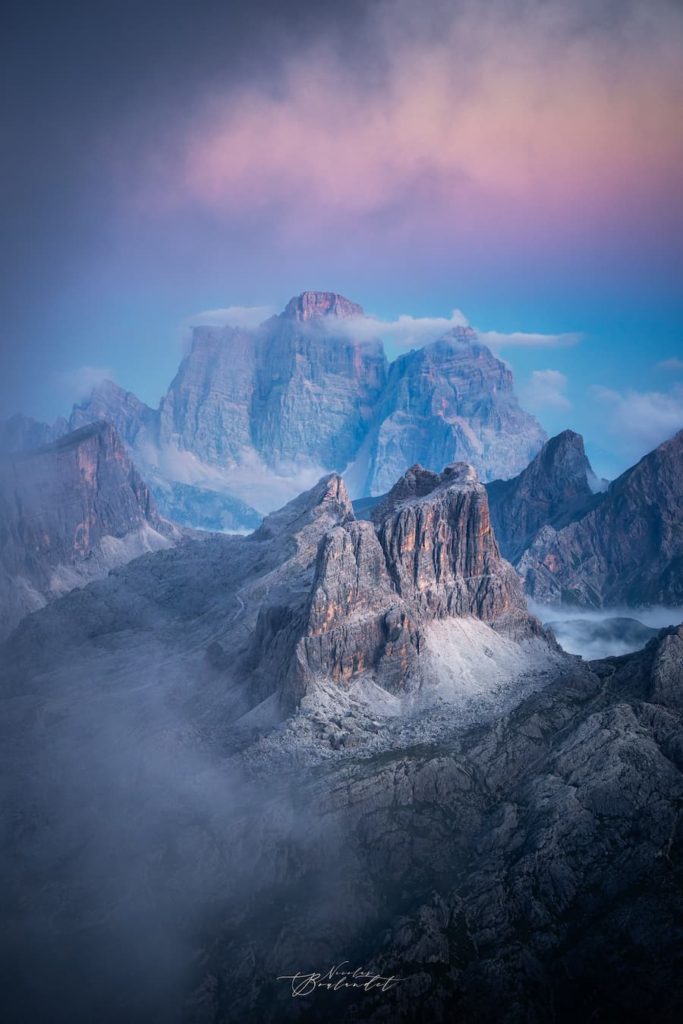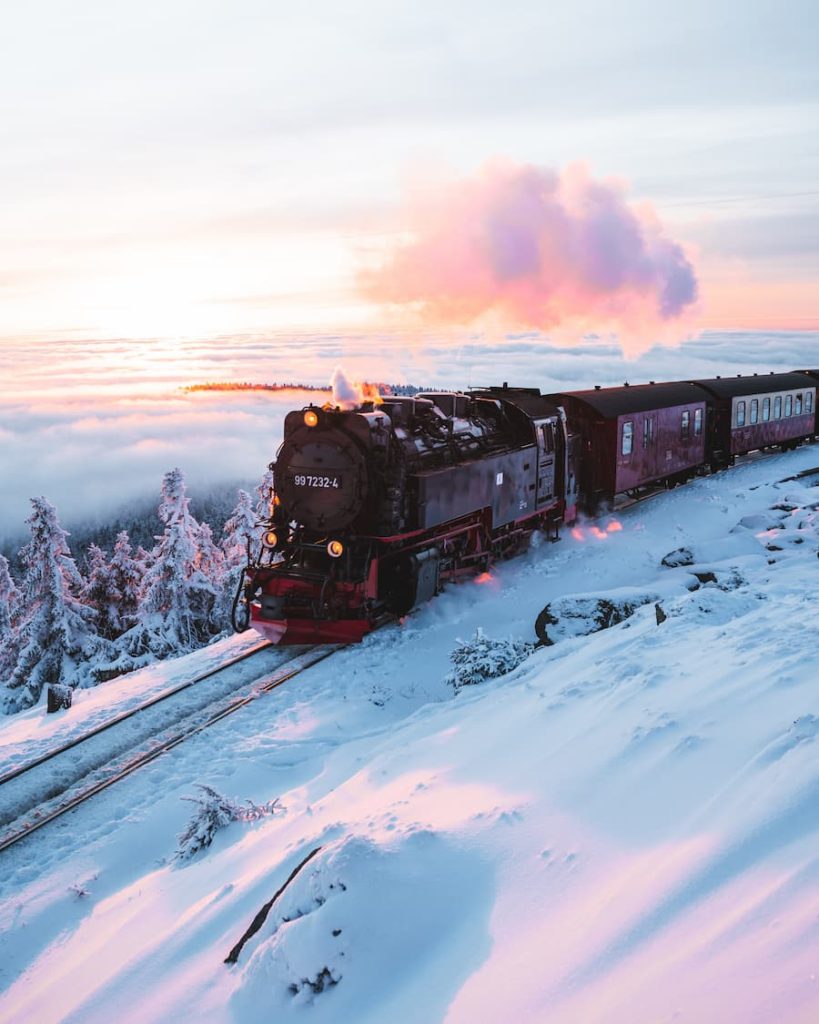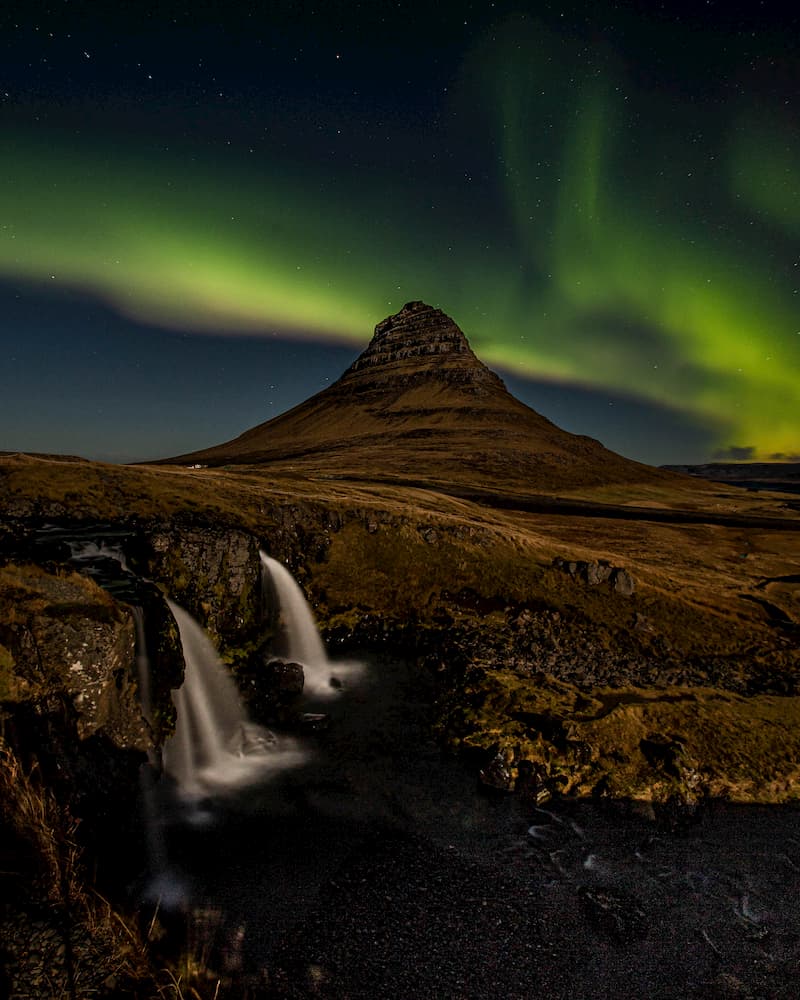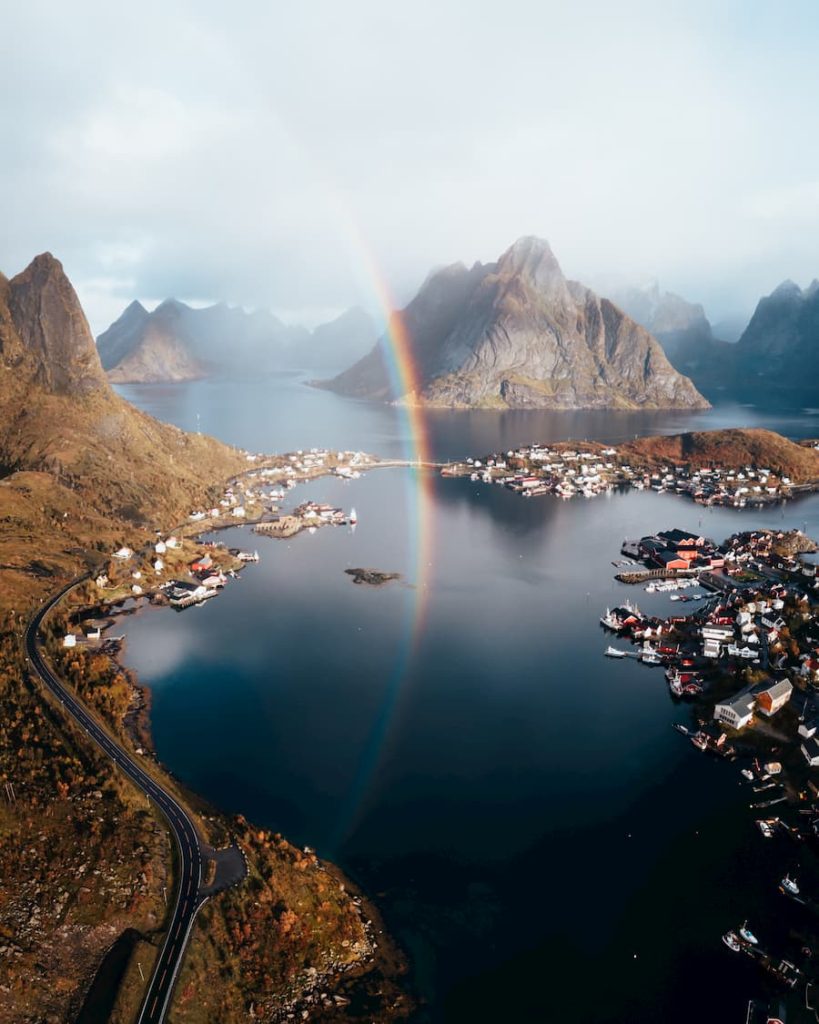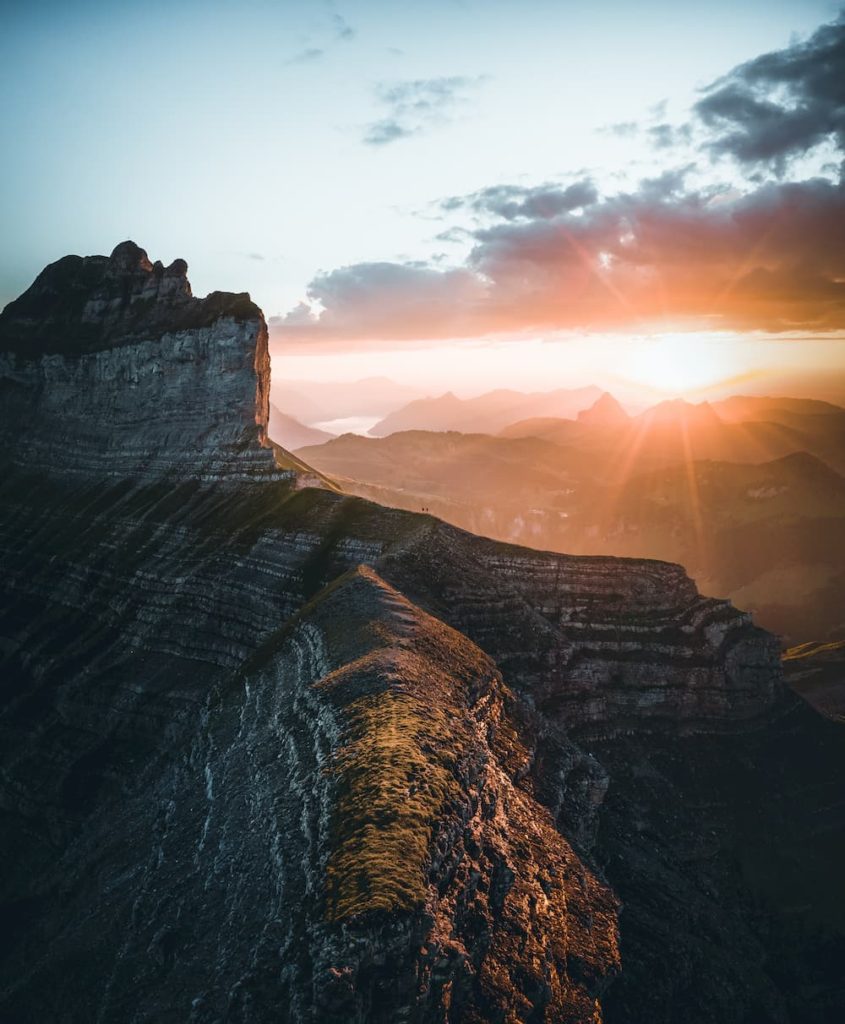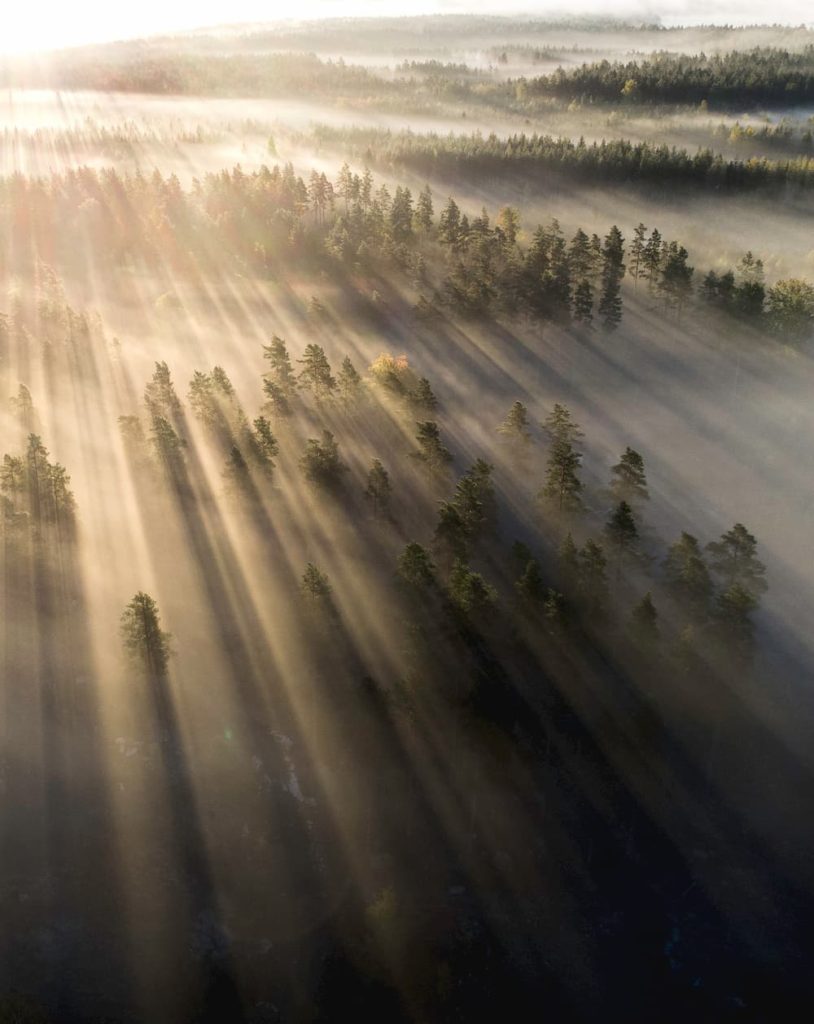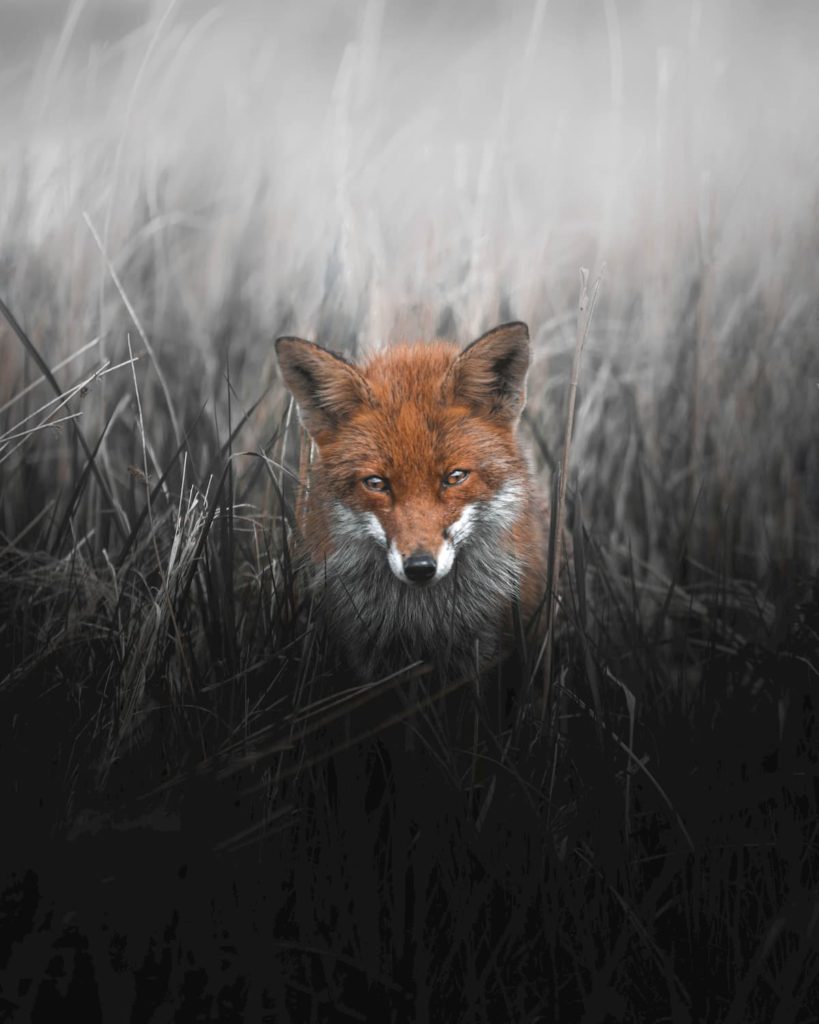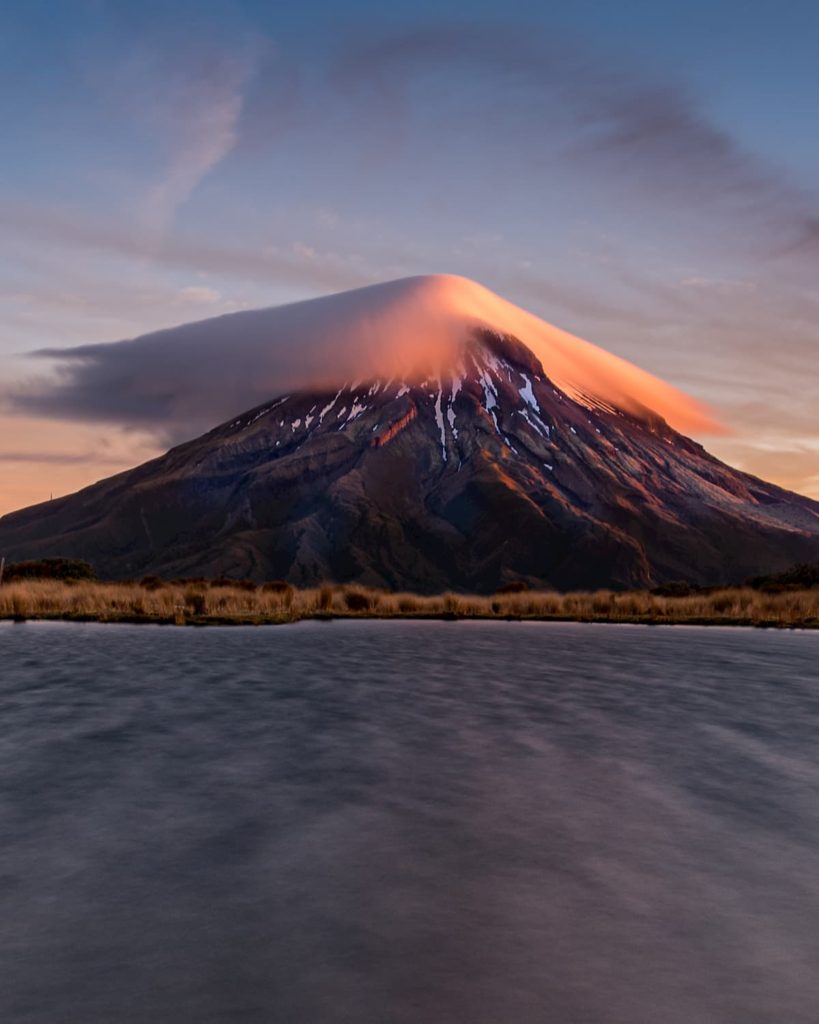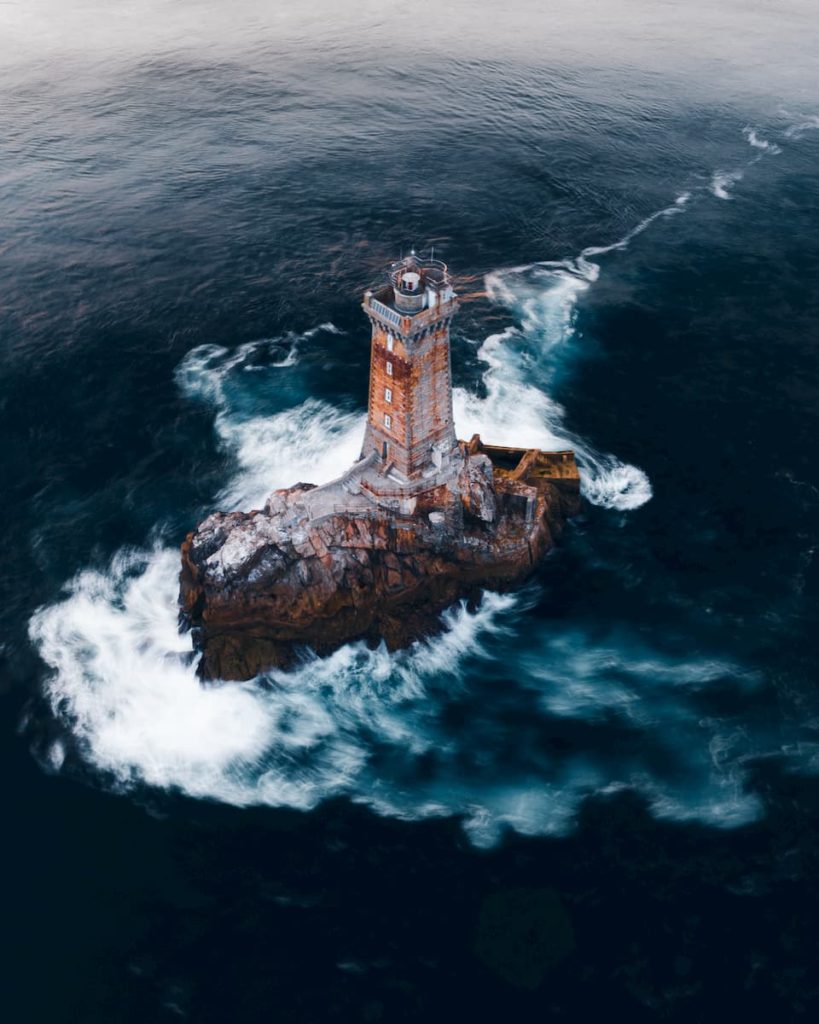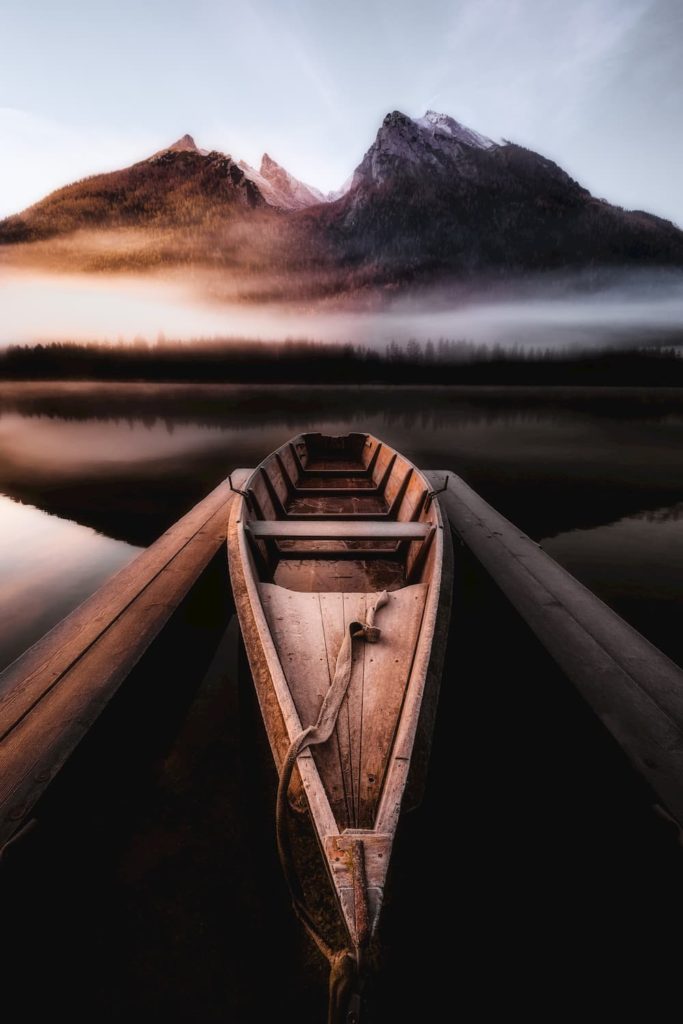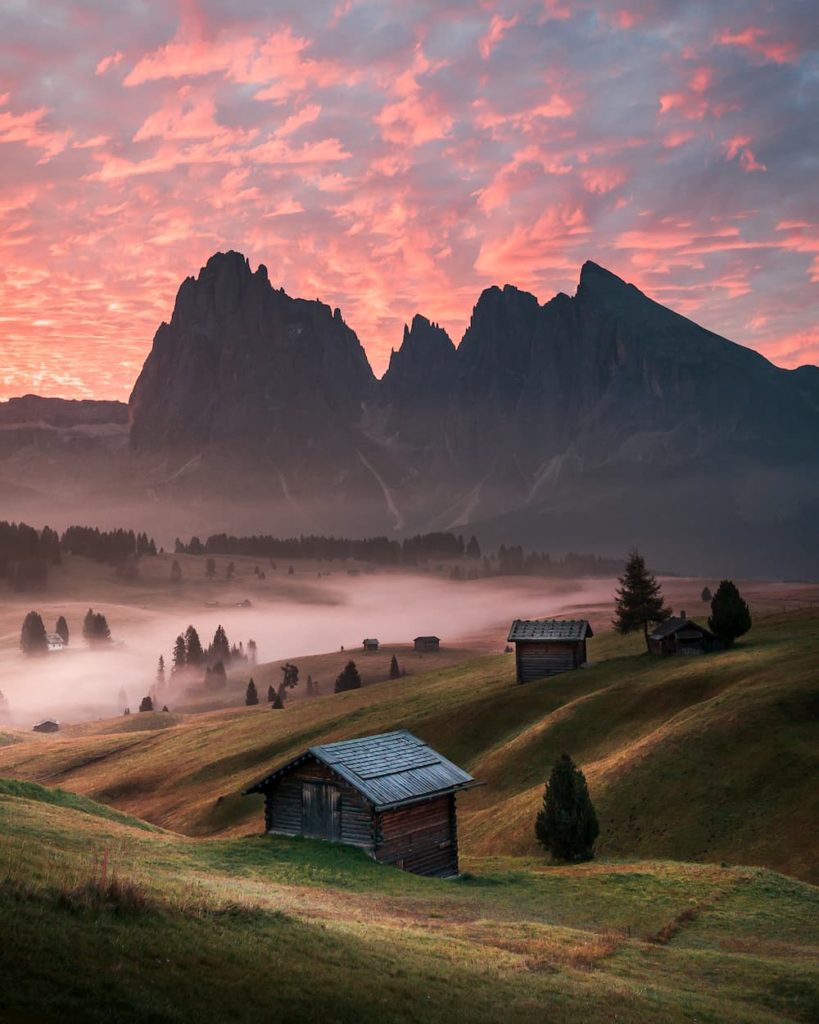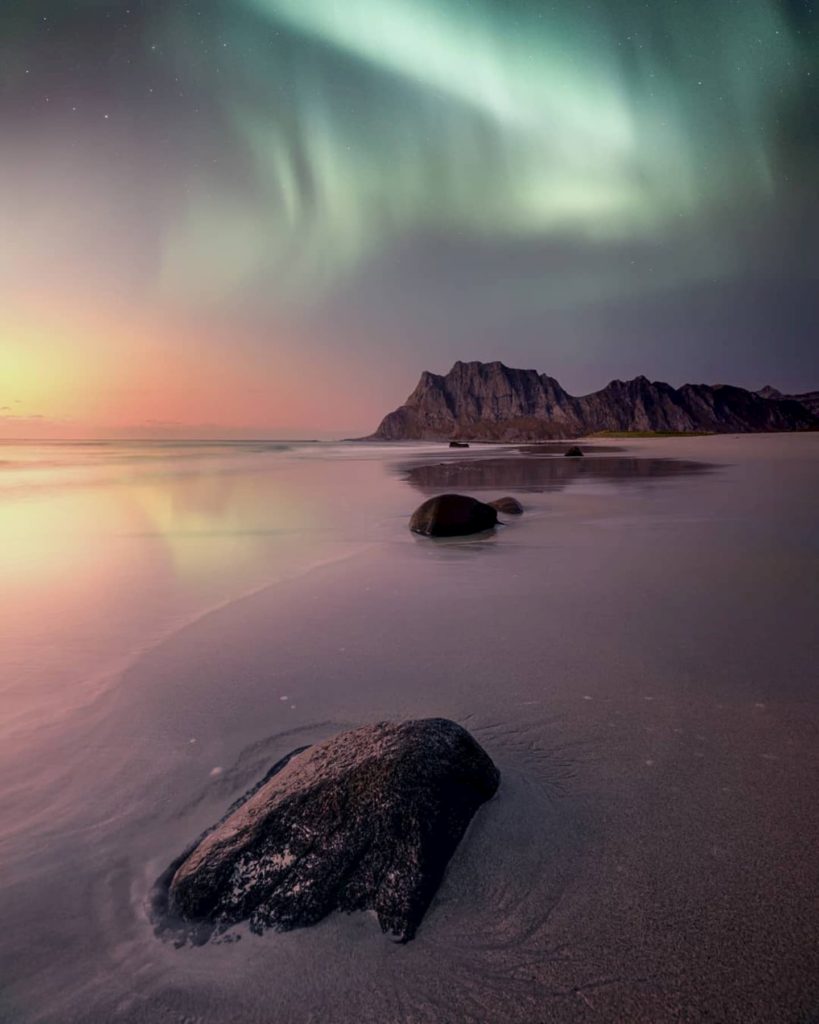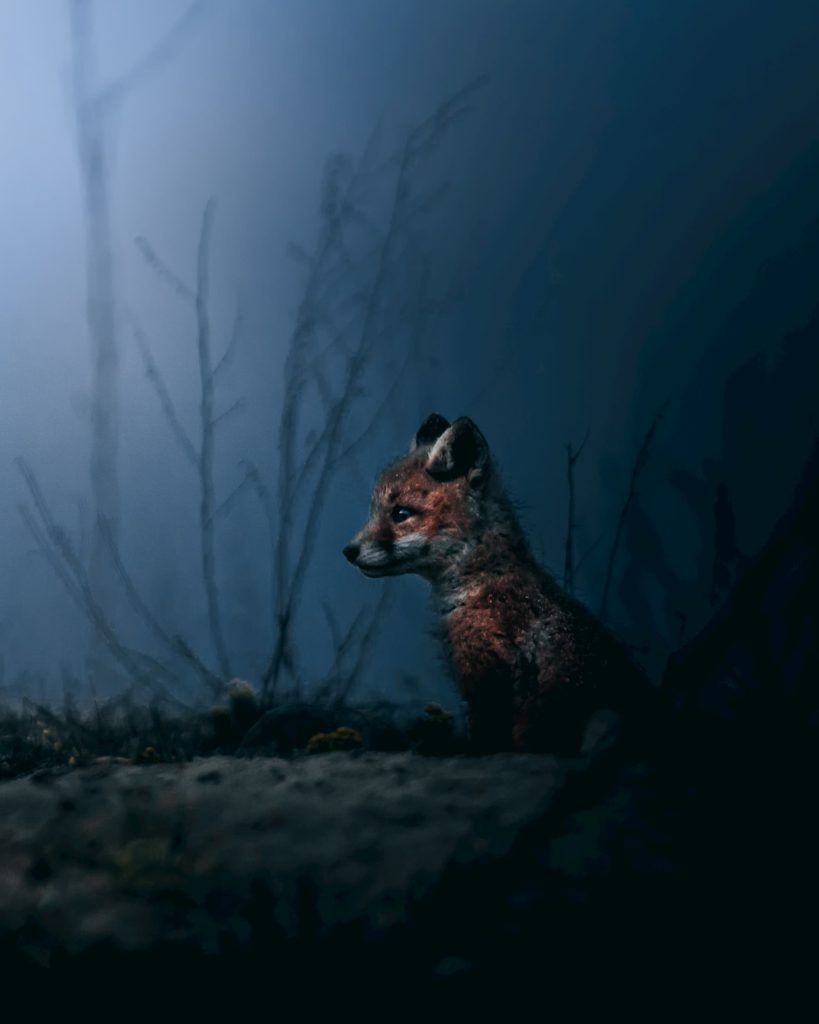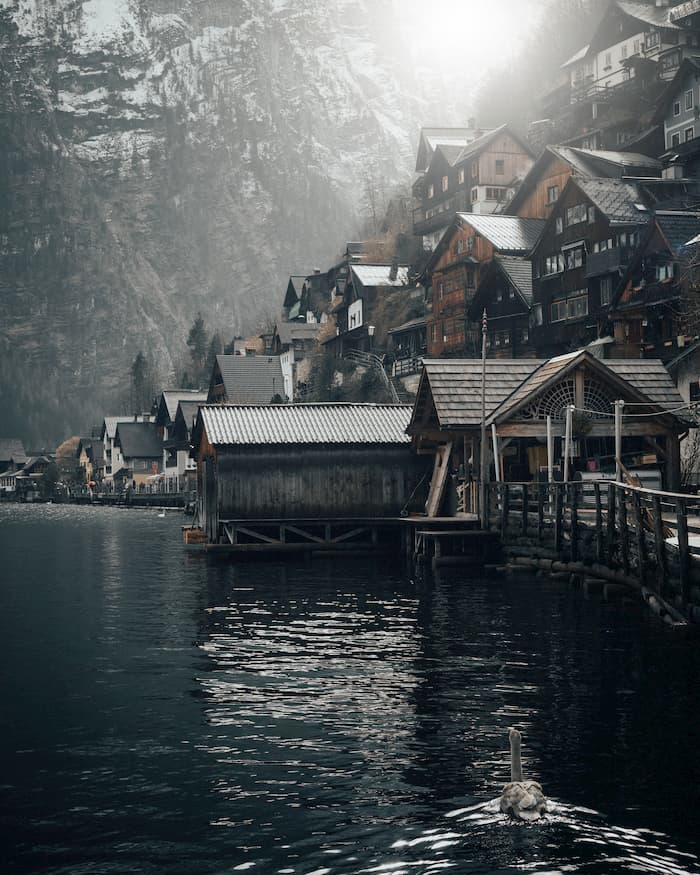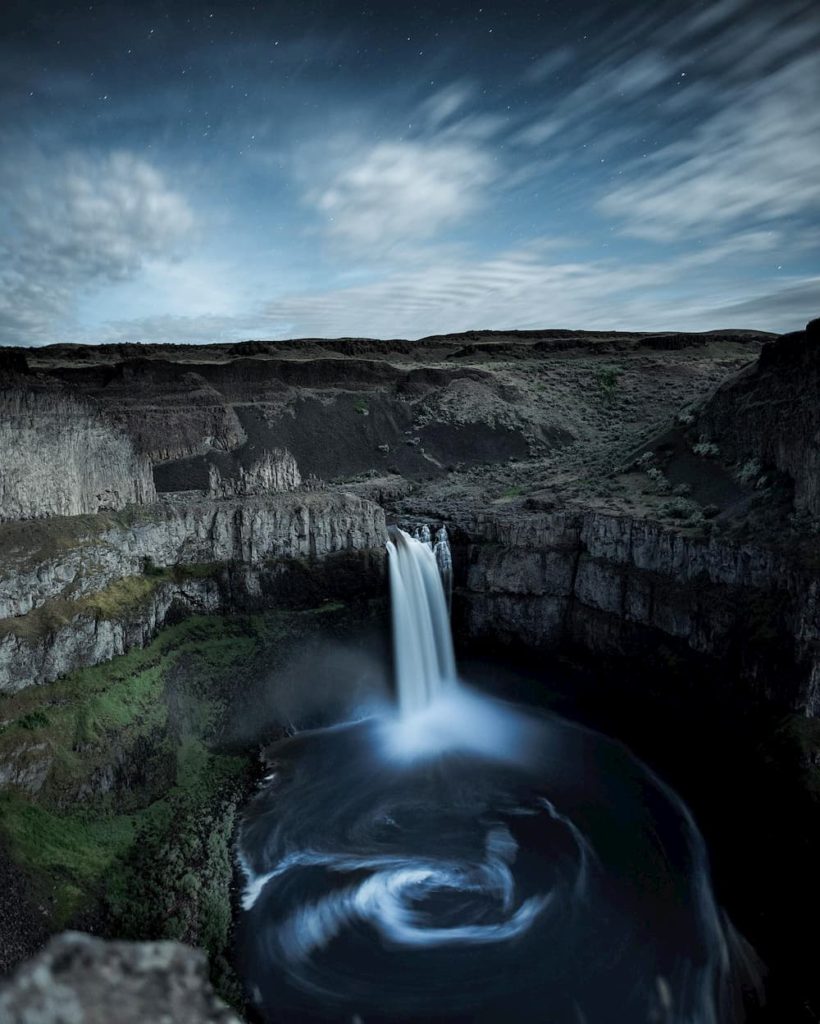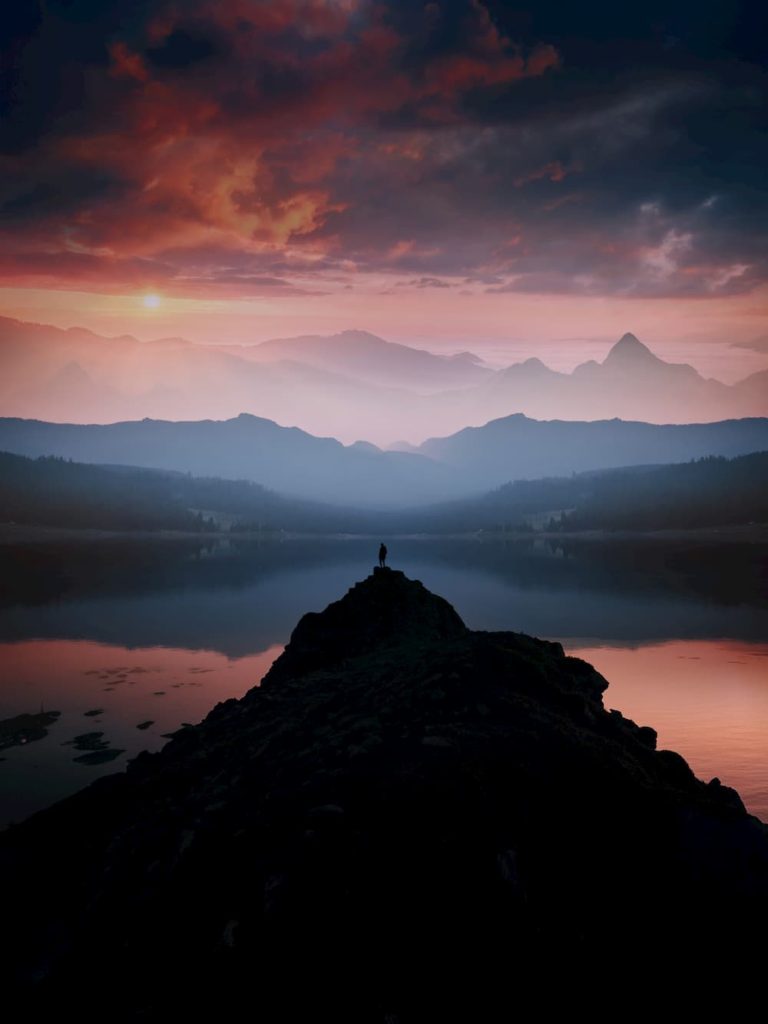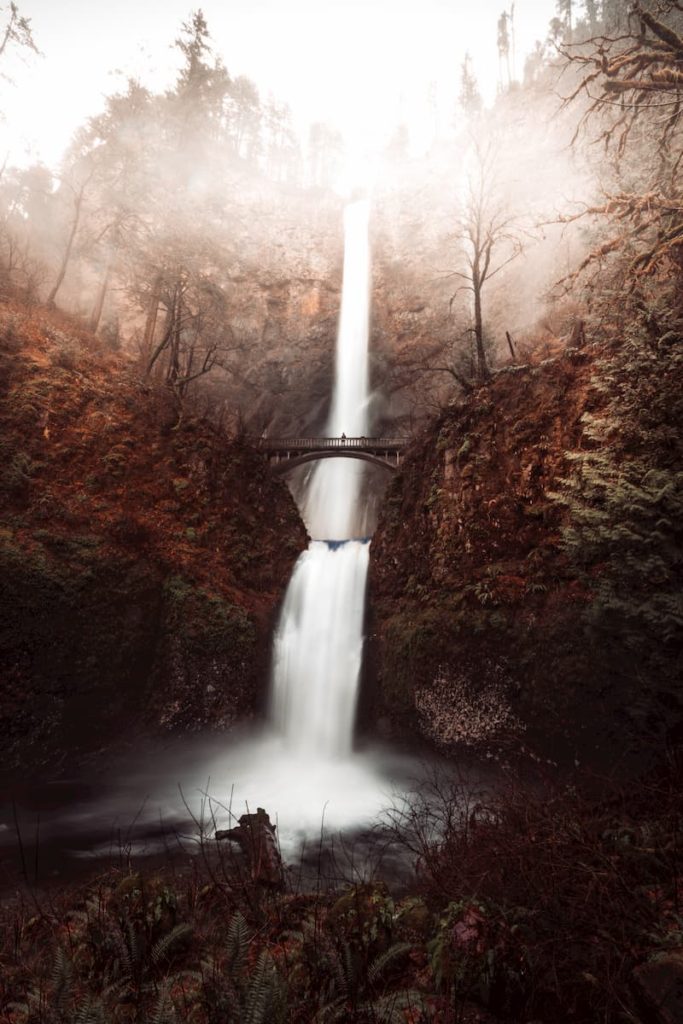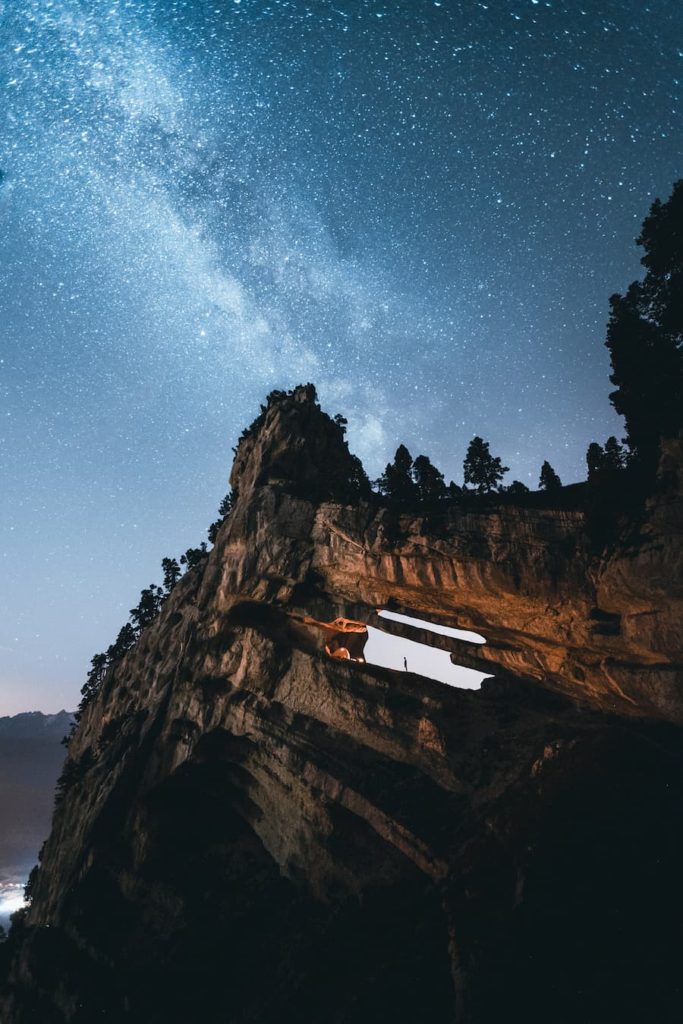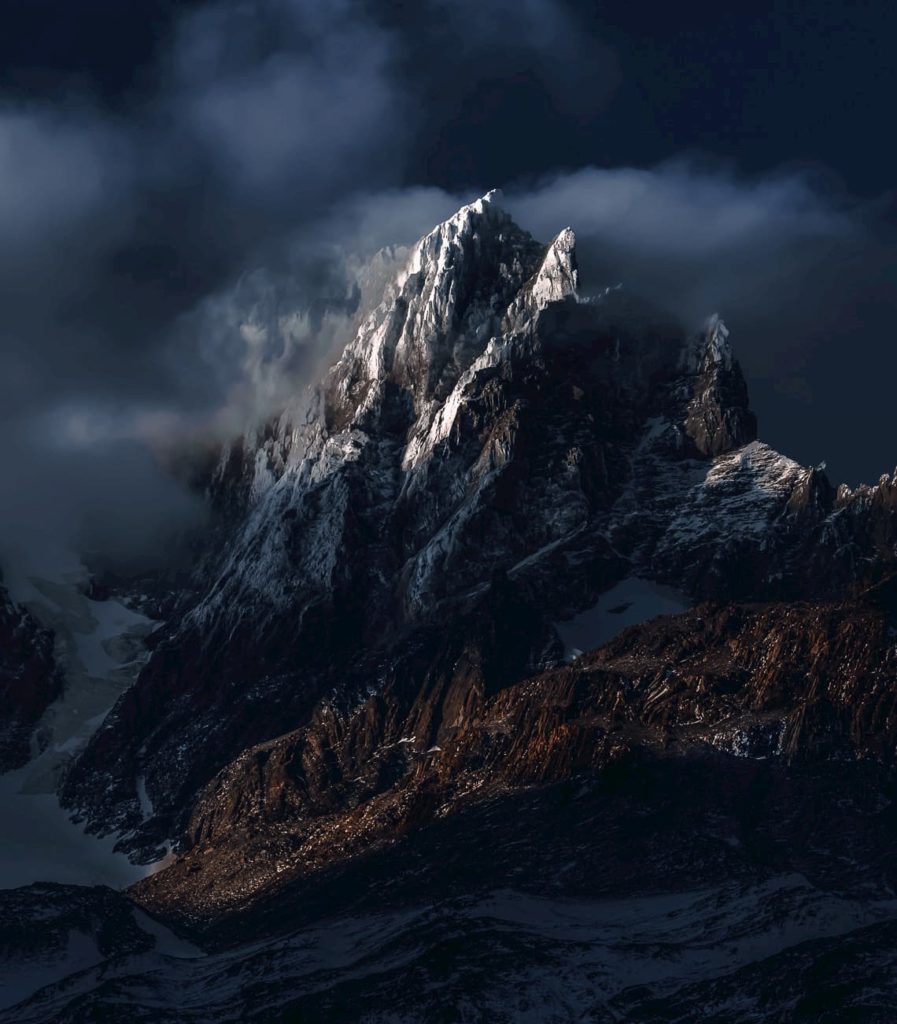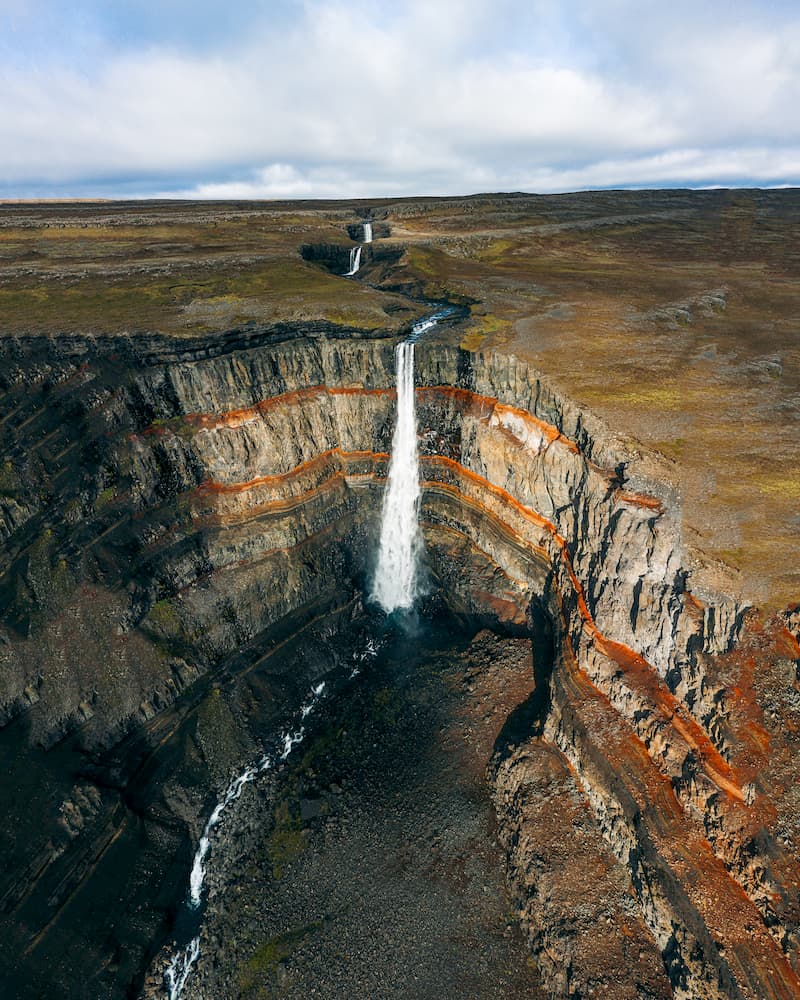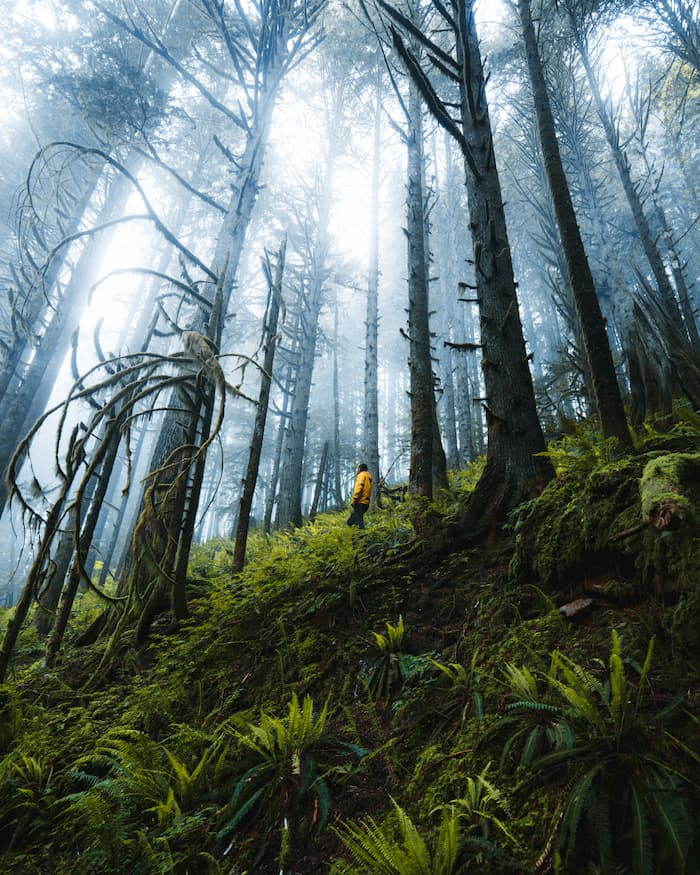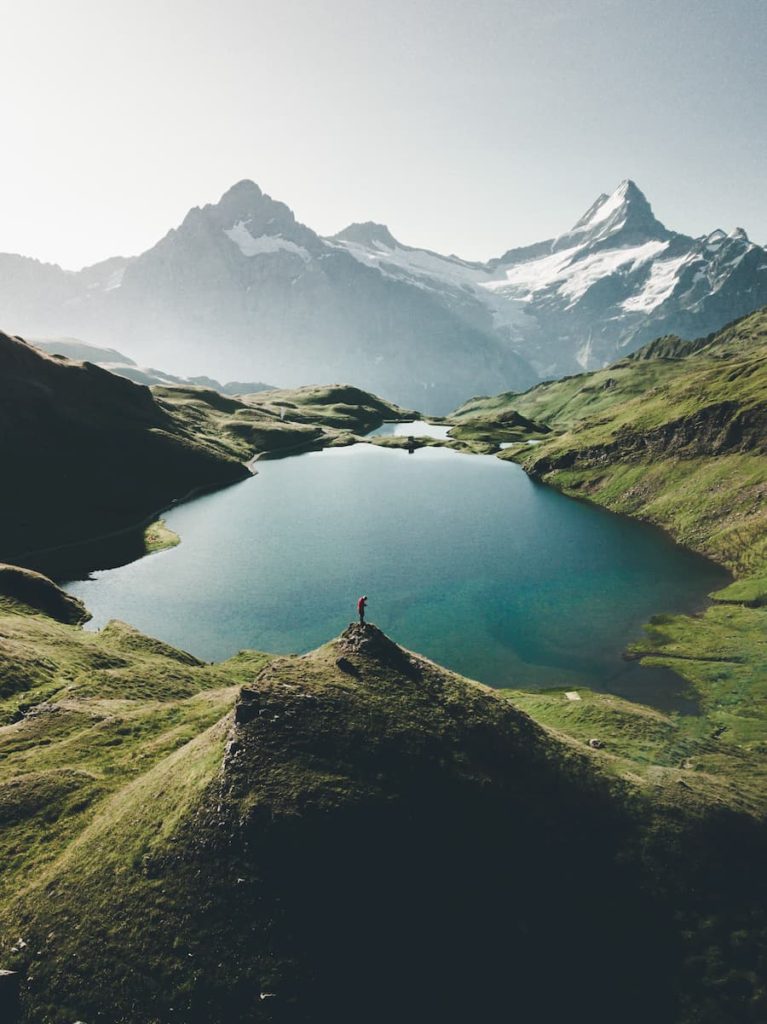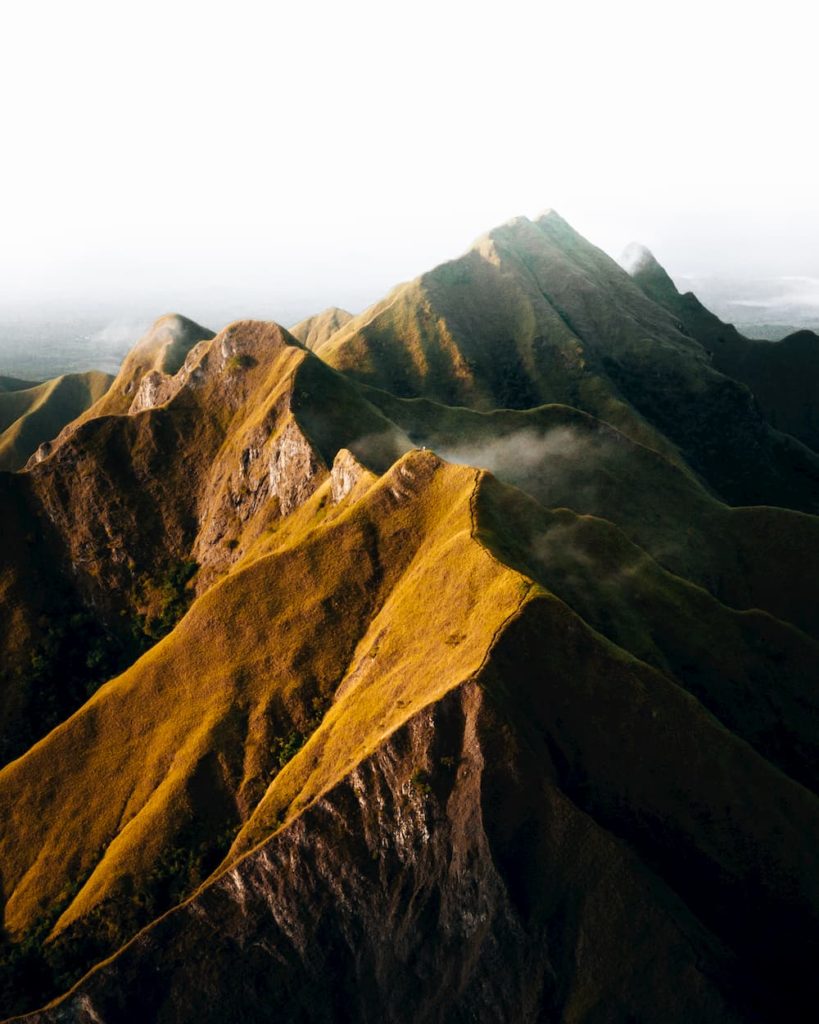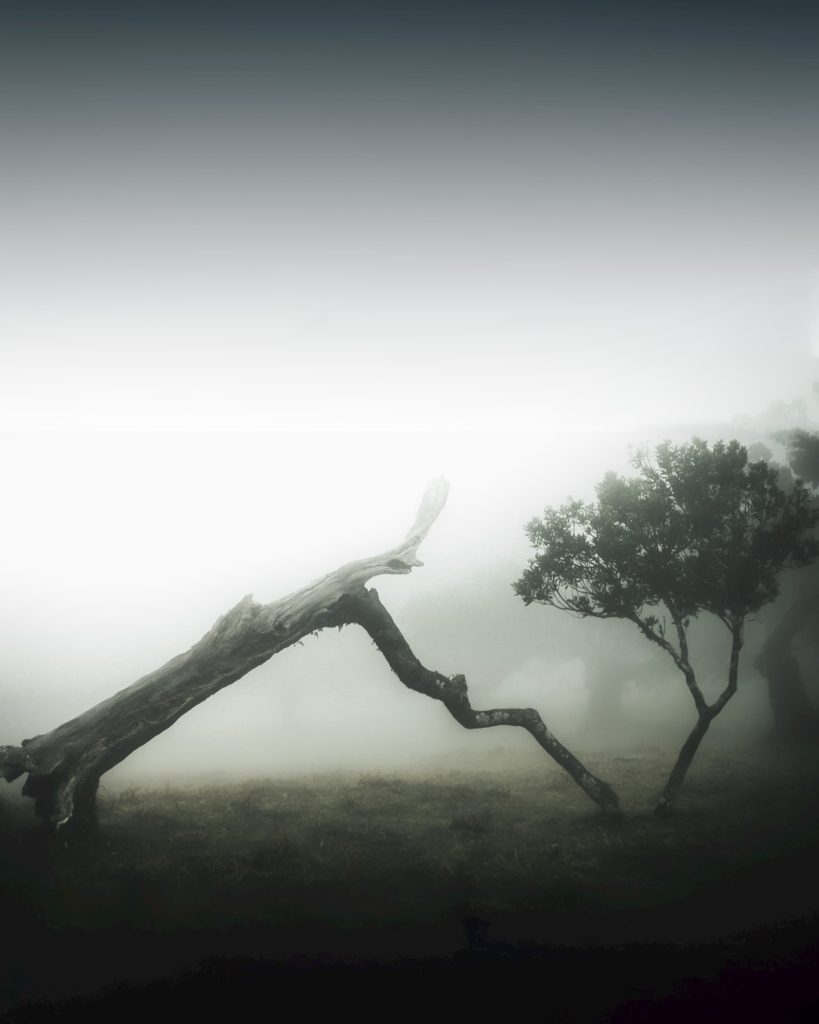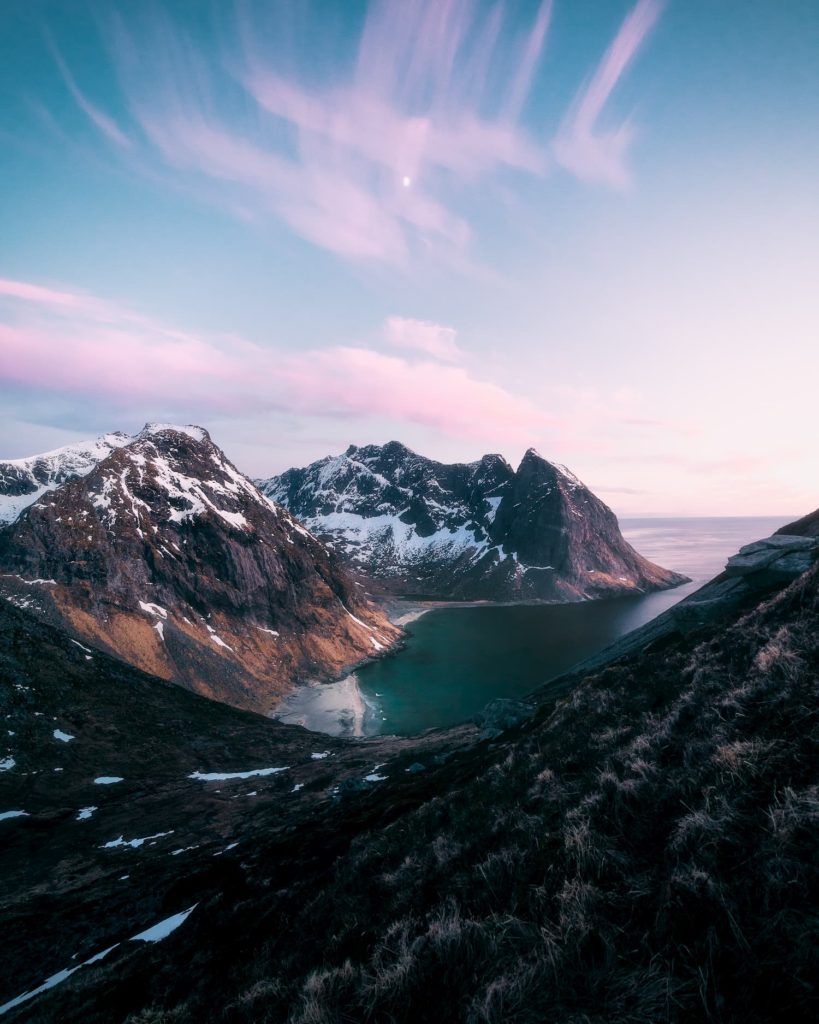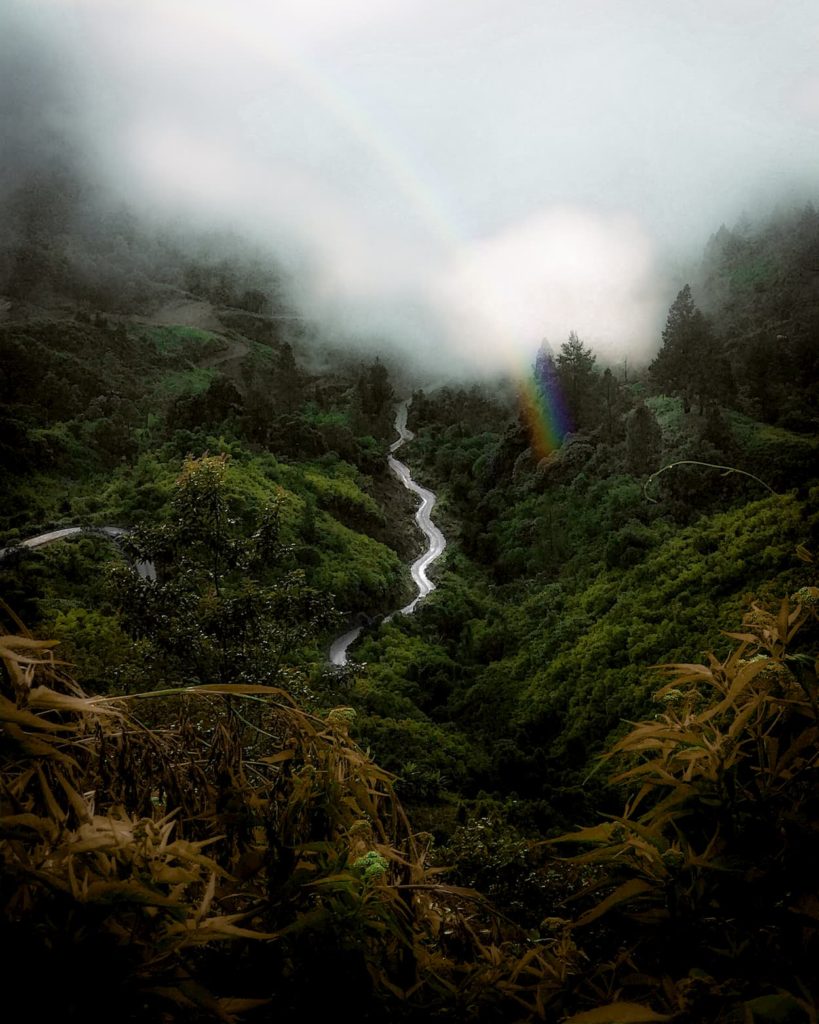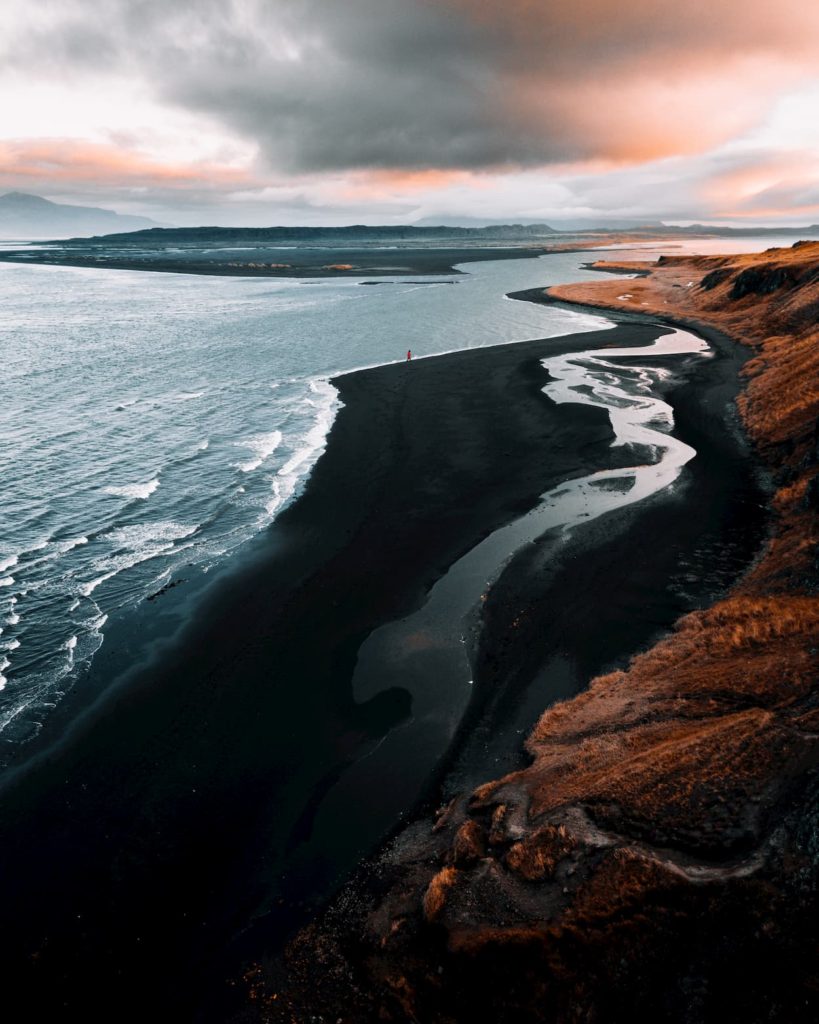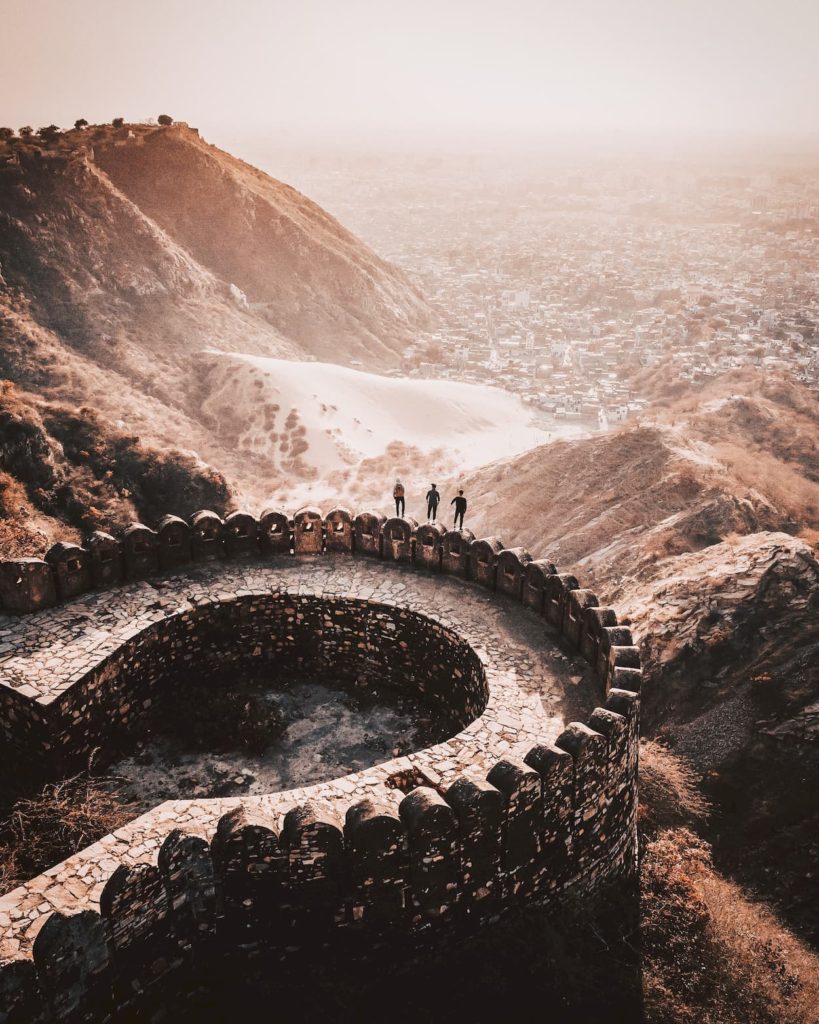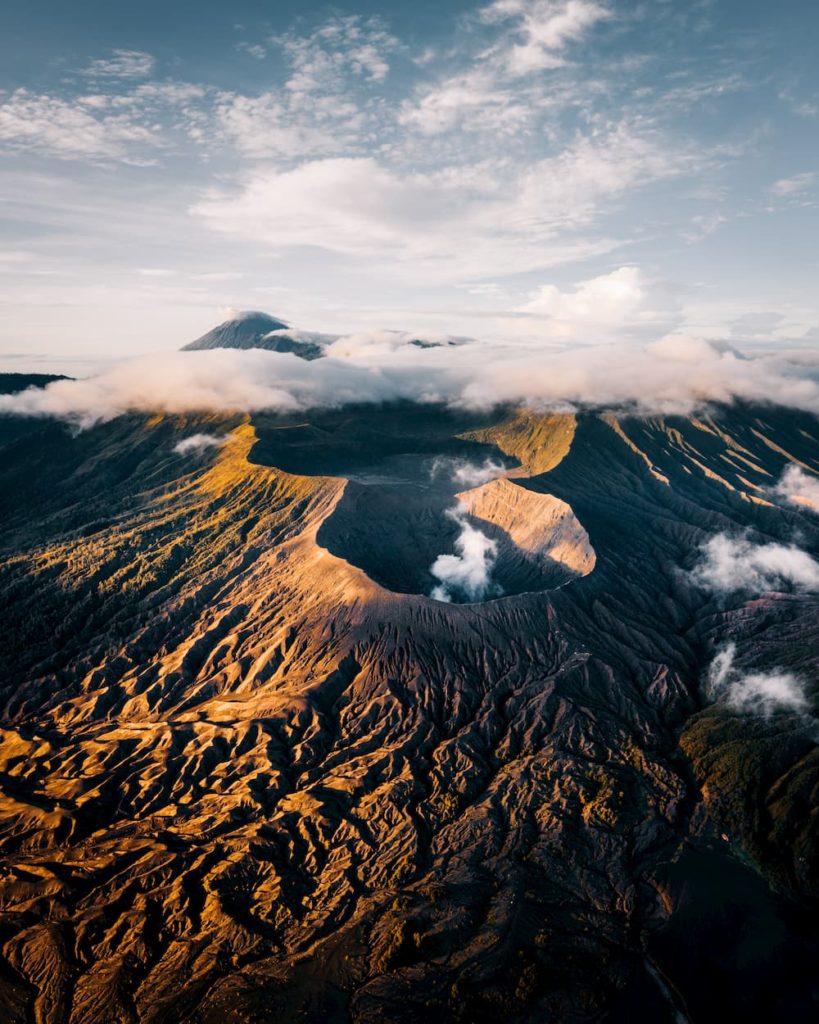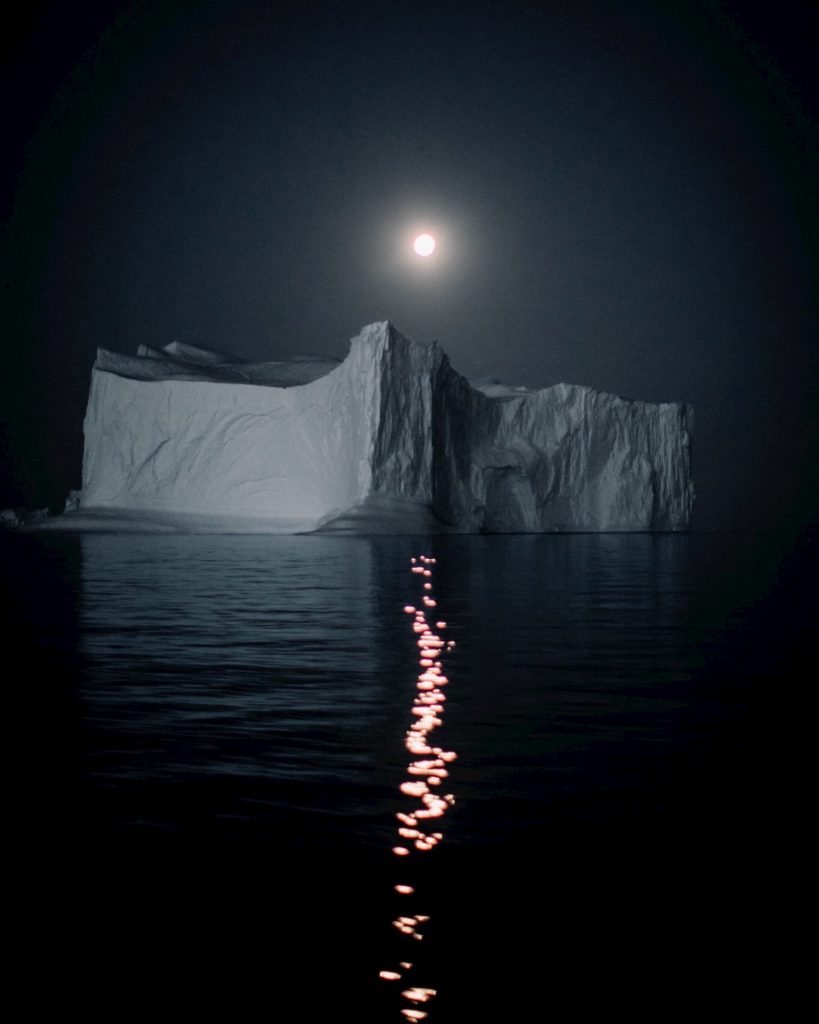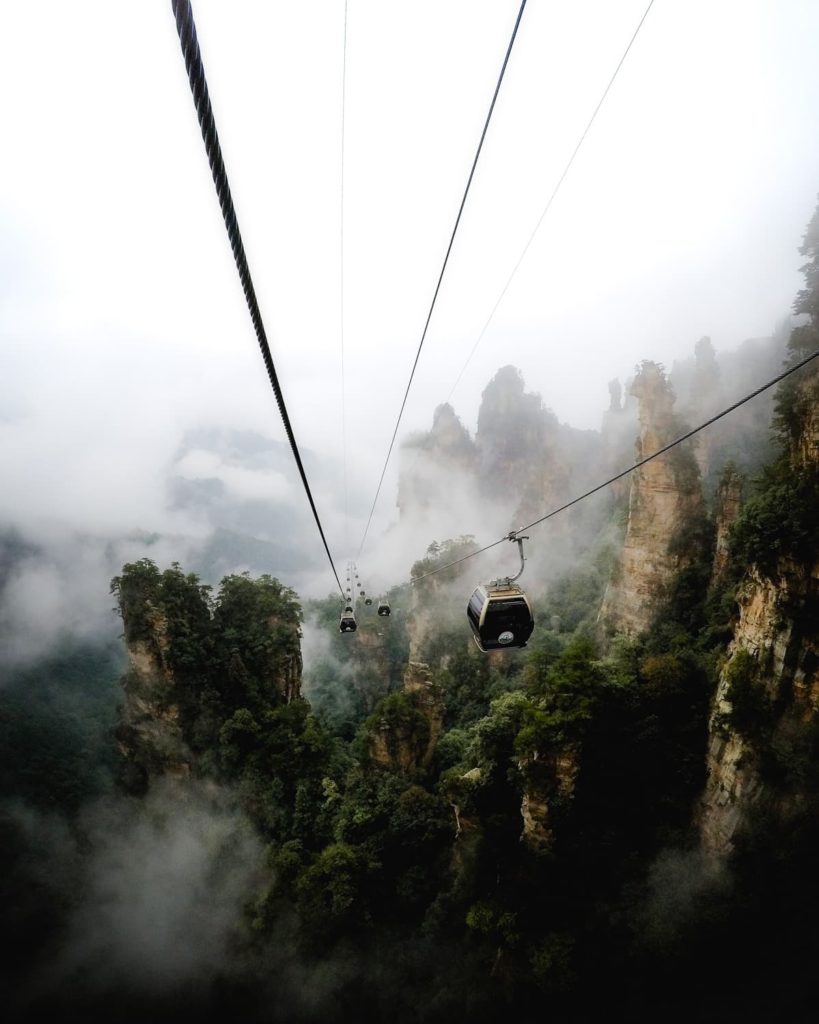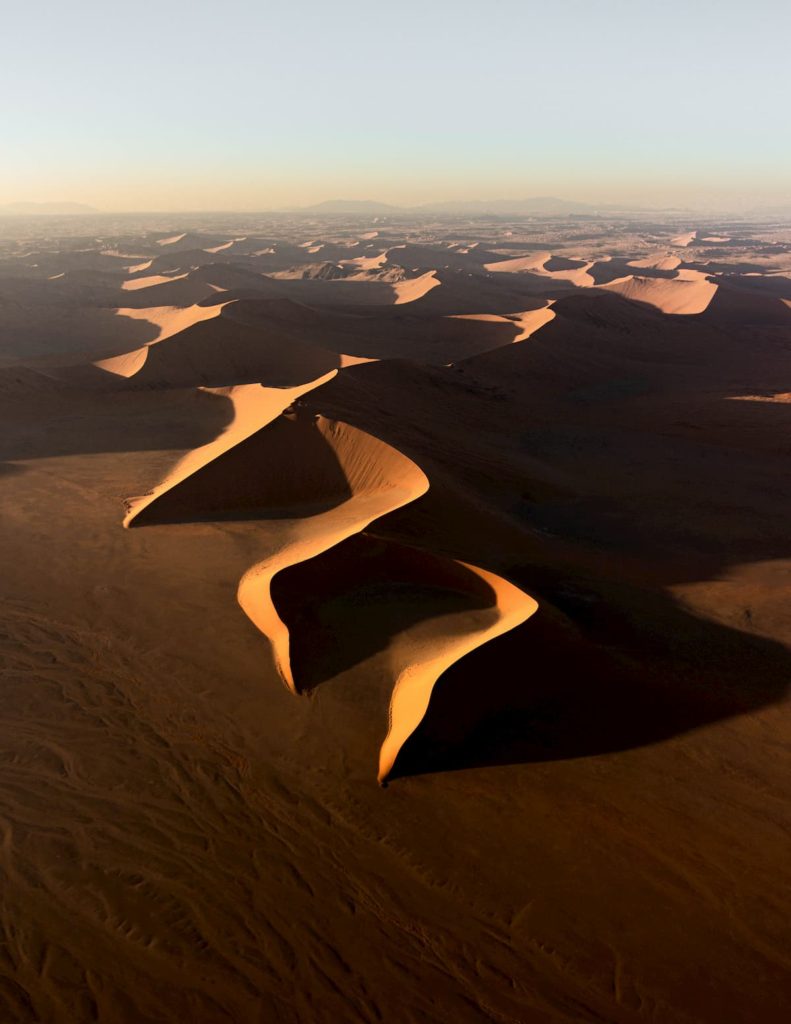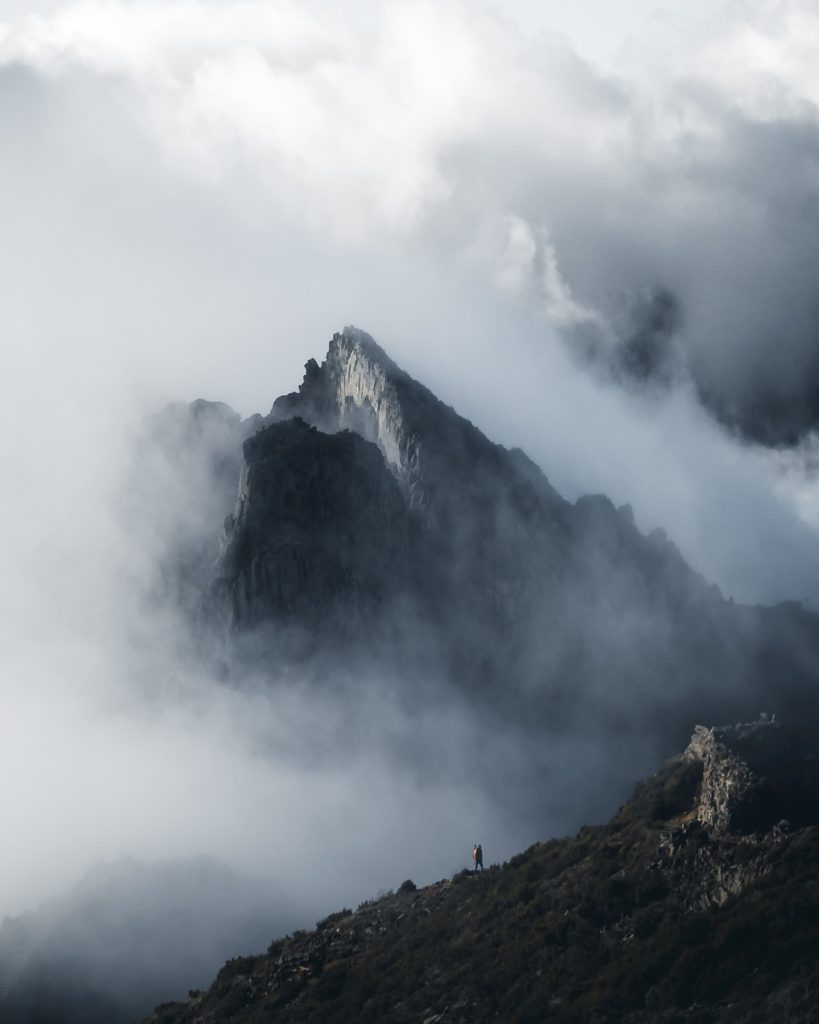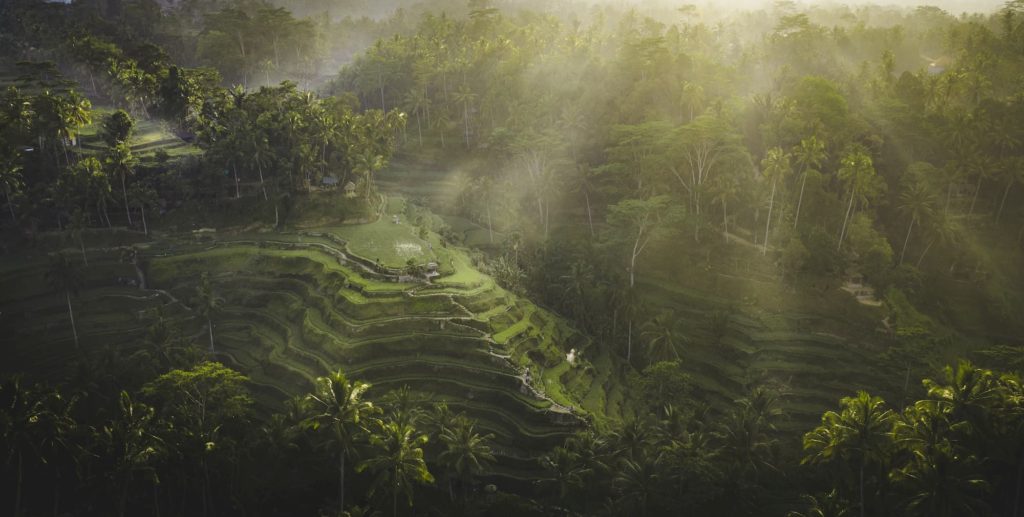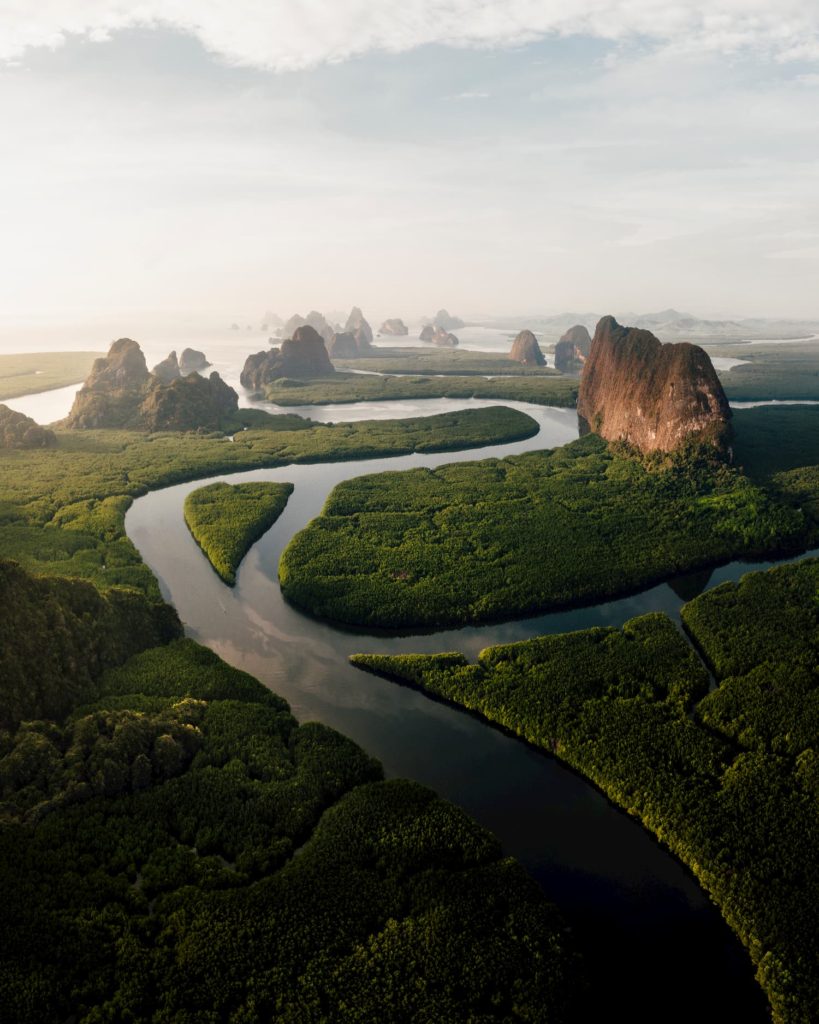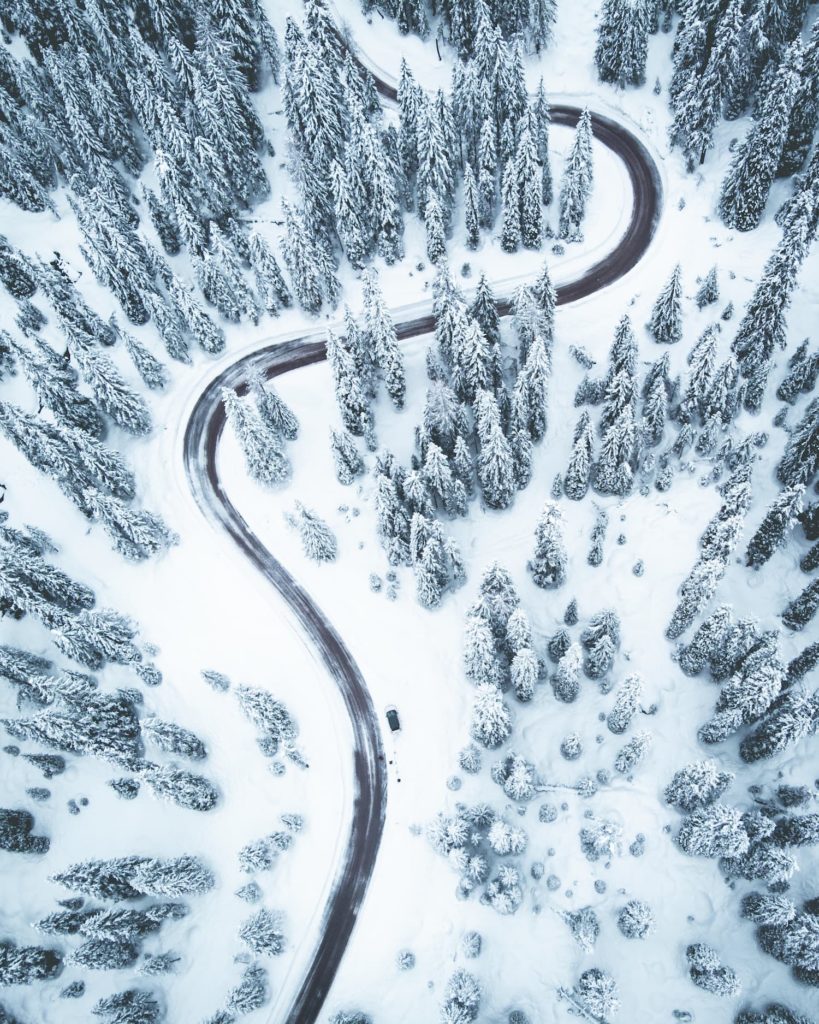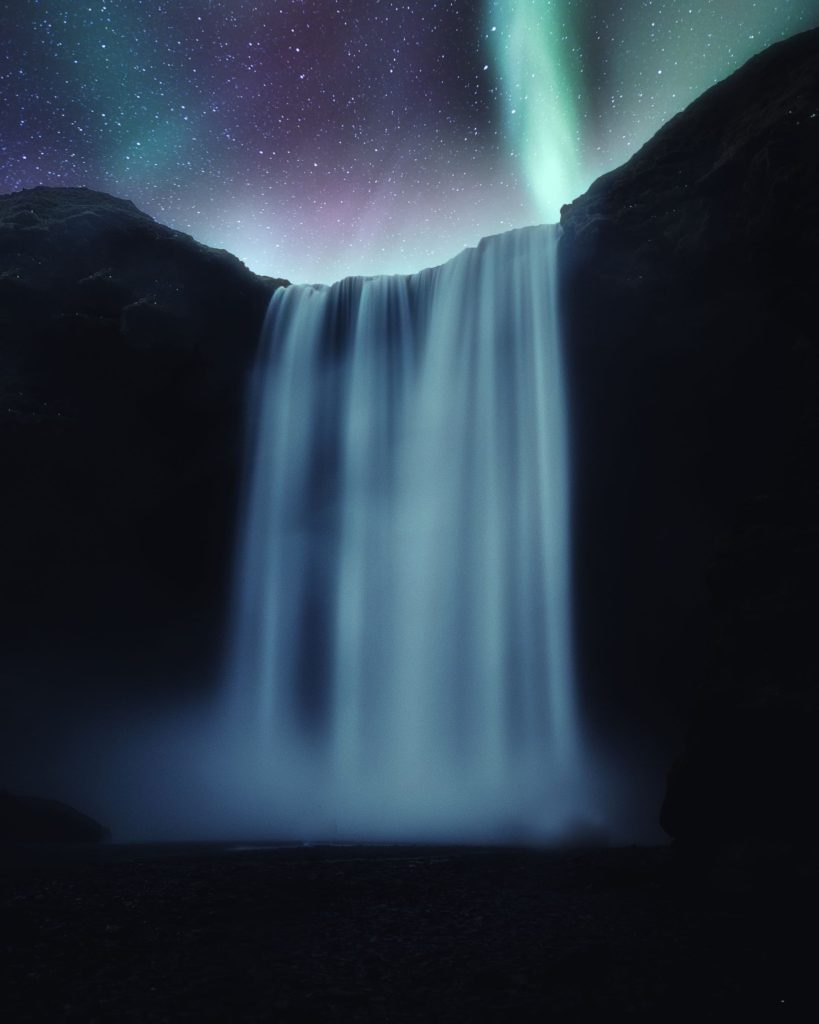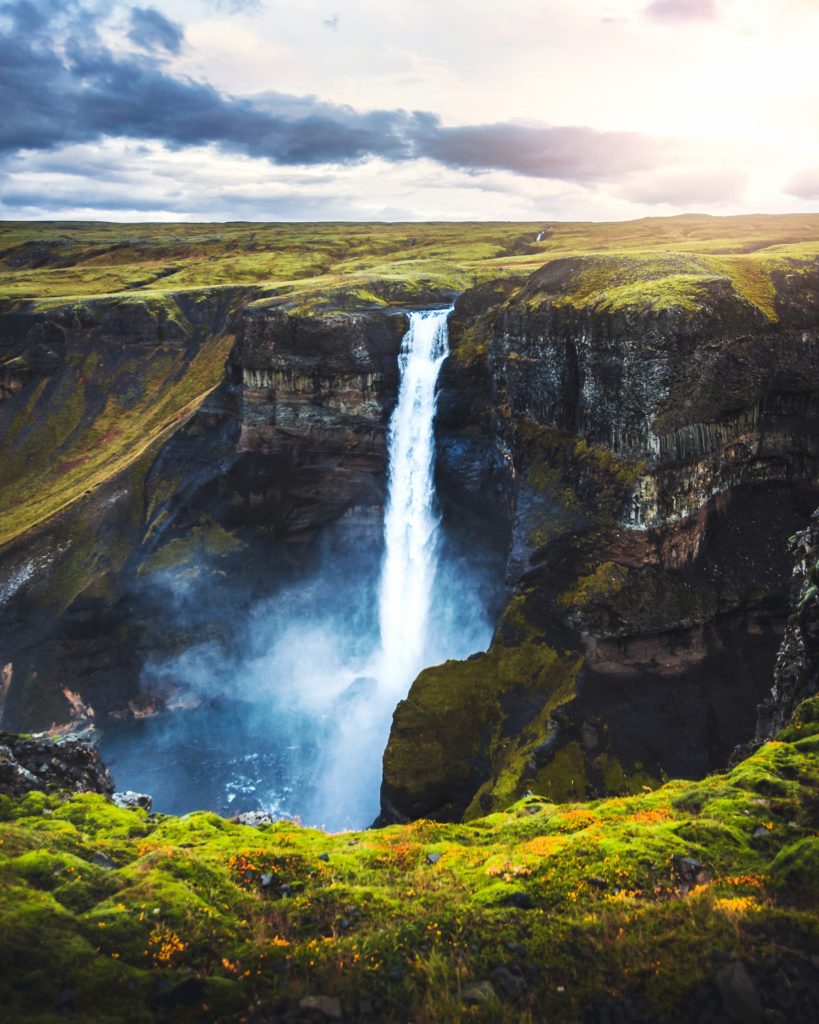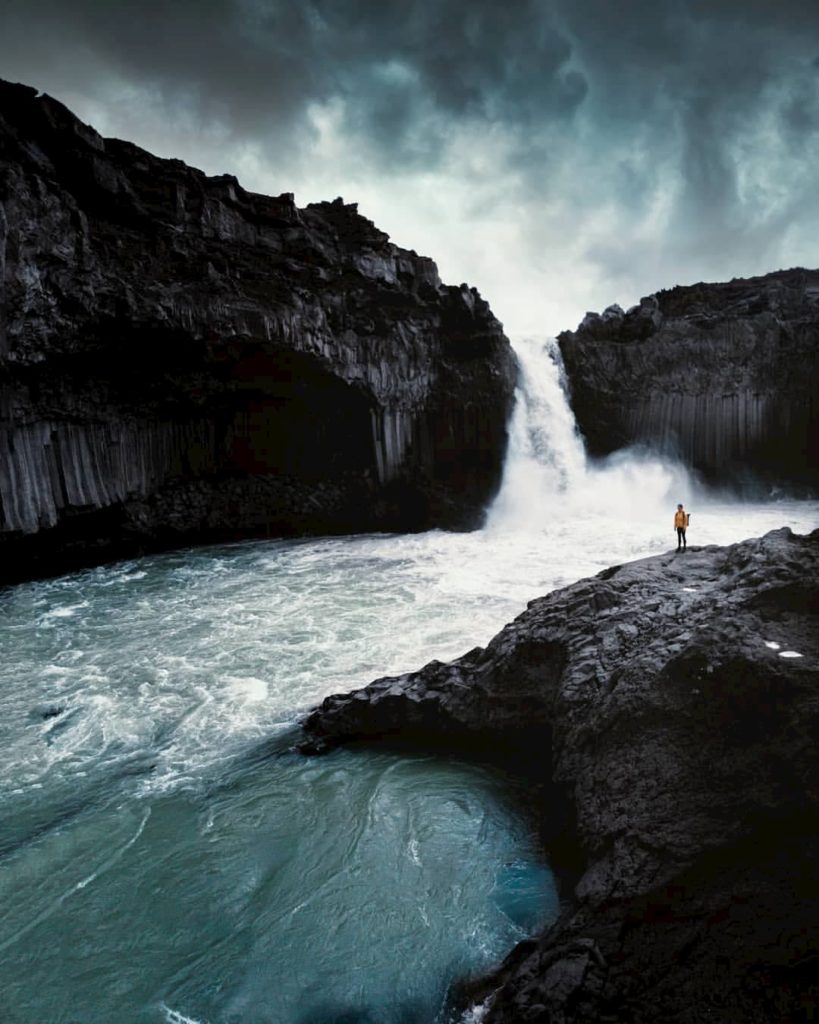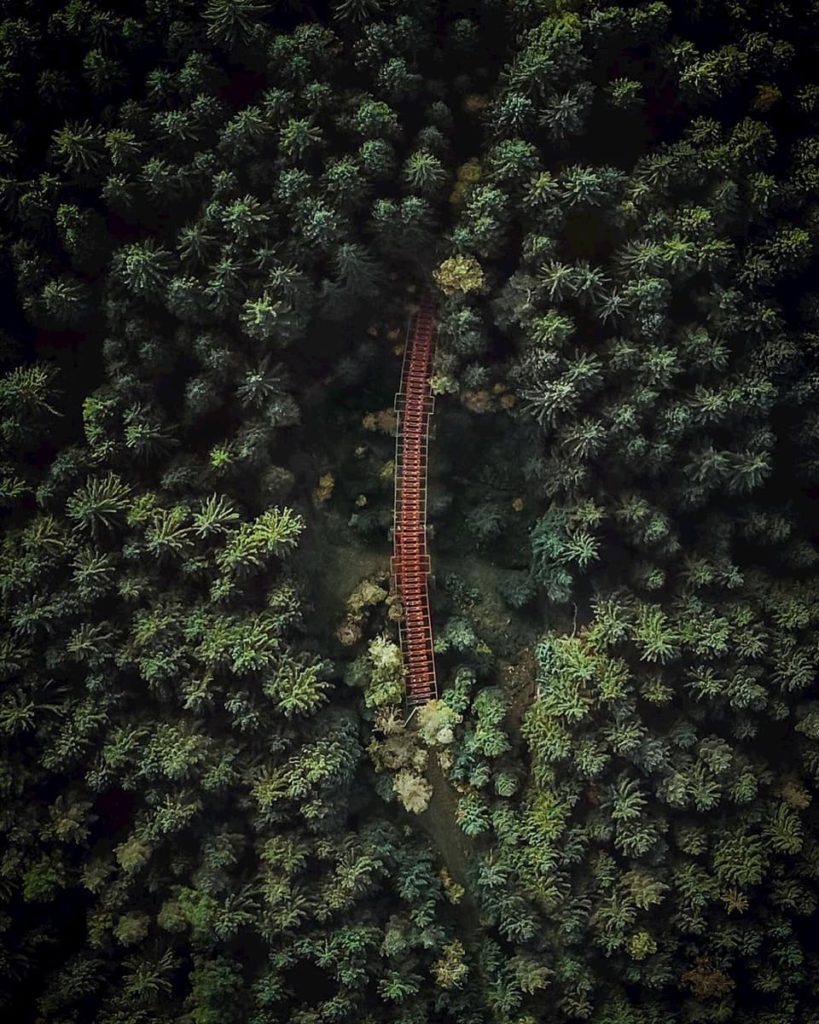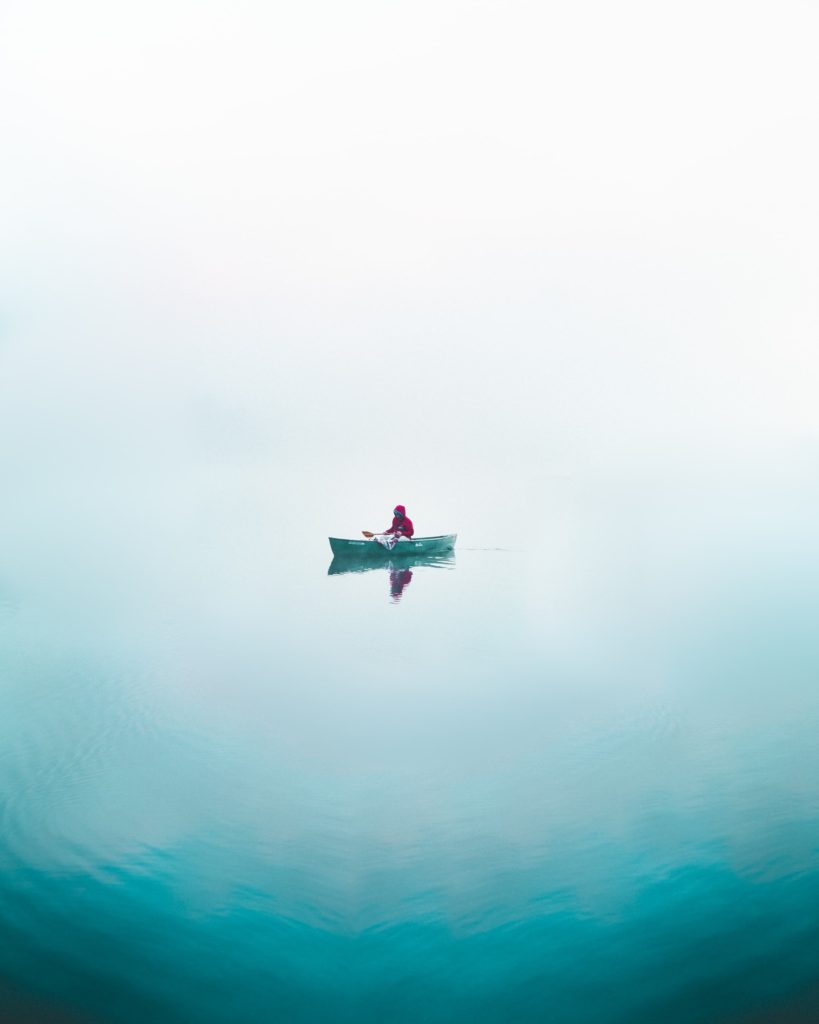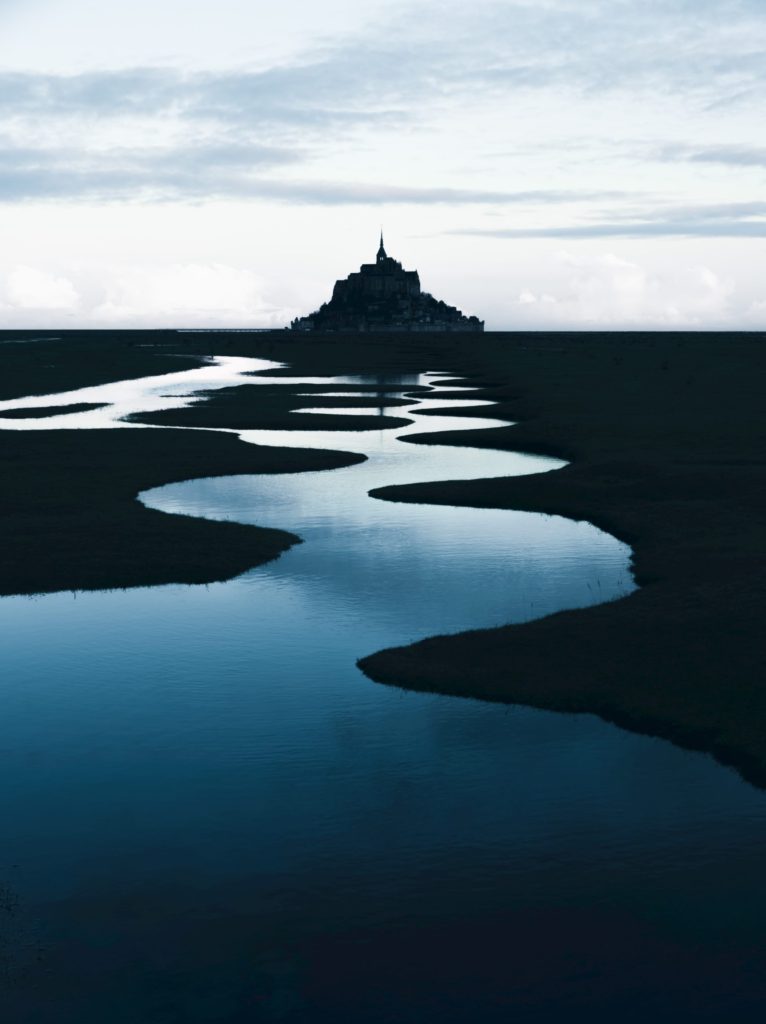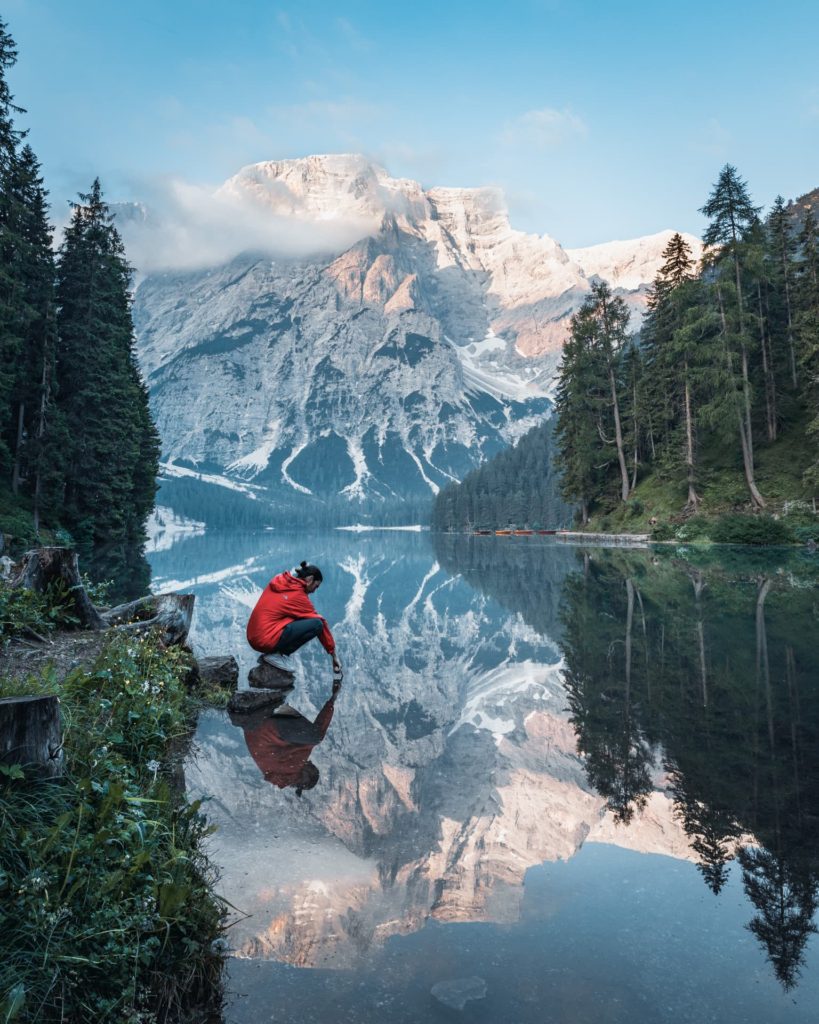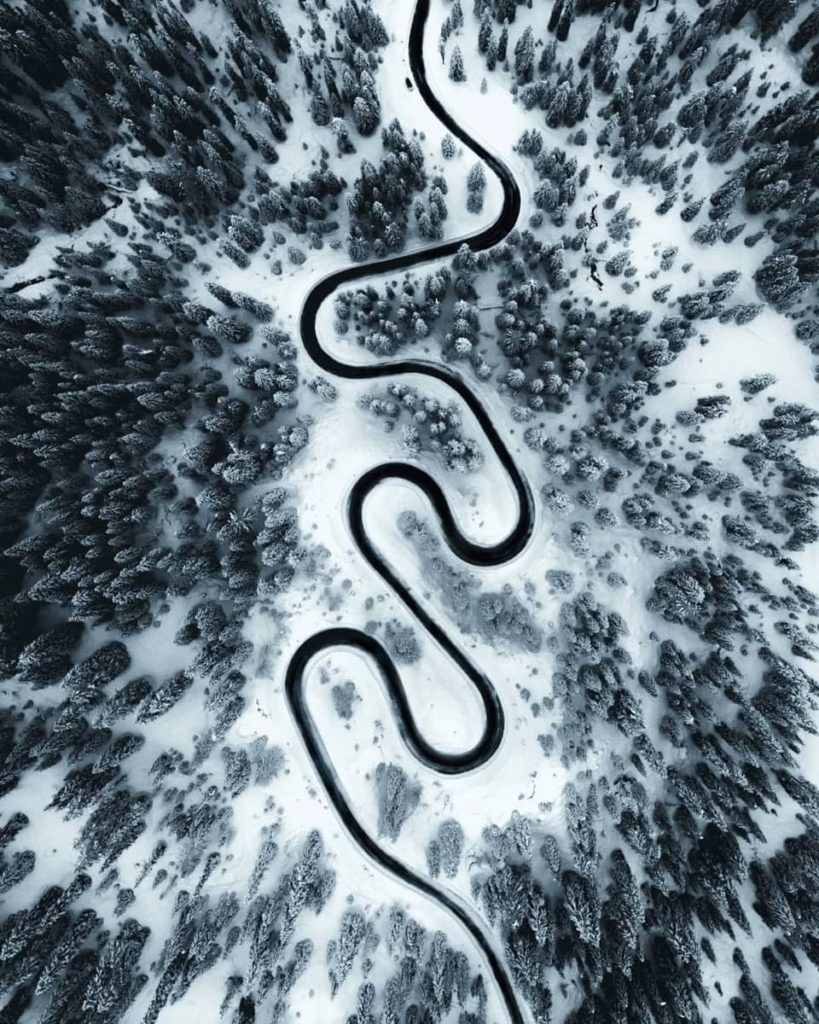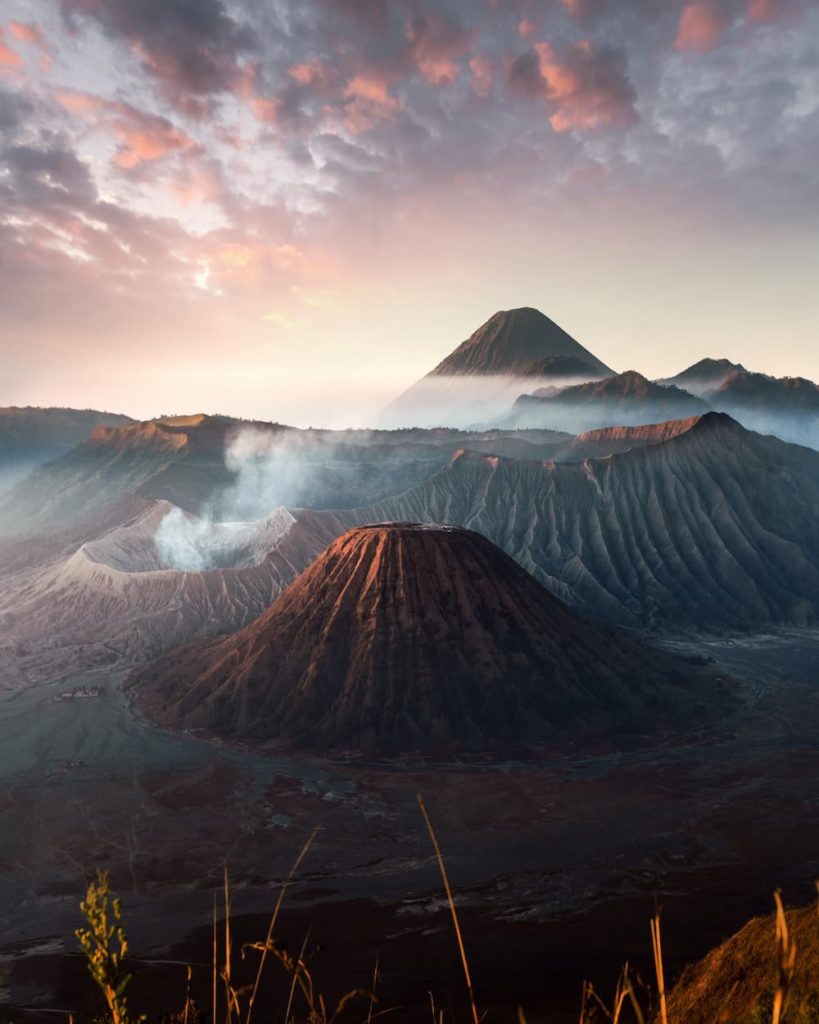
Thomas Mauroschat
@thomascapes
Best of the week 9 at #nomadict 2021
We have been traveling through Norway as a small family for two months. When we started our journey our new-born son was three months old. We started in Münster, Germany and used the ferry from Denmark to get to Bergen. We drove all the way up to Senja, having many stops on the way to enjoy the beautiful landscape. We spent most of our days camping, partly in our rooftop-tent installed on top of our car, and partly in a normal tent which we used during several hiking excursions.
Of course, we planned much more time for the trip than we would have if we would have been without our son. Some distances took us twice the time because we had to do many stops on the way. Also hiking was a bit more challenging for me: I was usually carrying my son, most of our supplies and of course the camera equipment. Despite that, we enjoyed those hikes a lot.
"Also, our son seemed the happiest being carried through nature and nestled against me in his baby sling."
Arriving on Senja, we were lucky to have a holiday lodge. The weather which was in our favor for almost the entire road trip was changing so dramatically that camping with a baby was not an option any more. So, we usually did day hikes except for the rare days when better weather was forecasted and we would bring our tent.
The winning photo was taken on one of those rare days, from the top of the Husfjellet in Senja, Norway. It was intended to be more of a scouting photo for the next morning, where I wanted to shoot a panorama at sunrise. But actually, I like the light coming from the other direction even better; it gives more depth to the image, and also the mood fits much better into the Norwegian landscape.
We started our hike to Husfjellet on a Saturday in September, it was quite windy, but at least there was no rain. The hike itself is easy and the place itself unbelievably beautiful. Because of the strict corona regulations for traveling to Norway there have been only a few day hikers from the area as we reached the top. There is only a small spot close to the crest where you can pitch your tent – we were lucky having found it. After having prepared our home for that evening, we all got inside, cuddling and warming ourselves up. An hour before sunset we went to the crest again, enjoying the nature and its beauty that seemed to be there just for us.
"Those were magical moments and also some of the best of our entire trip to Norway."
As I already mentioned I looked for possible compositions for the next morning. After I found what I was looking for I did a few photos with me standing on an edge to give more depth and scale to the image. It was still very cloudy but the sun peeked through from time to time. I used one of those moments to get more contrast for my picture. Furthermore, this photo is a focus stack consisting of four shots.
After the sunset, which was actually in the other direction we headed back to our tent. Our son was already sleeping in our arms. That night we also witnessed the northern lights which made our stay there even better. Of course, I took photos of lady aurora, too. (Second Photo–“Just For us”).
"The next morning, I photographed the planned panorama and after having breakfast in the sun, we headed back to our holiday lodge."
All those memories that we collected there bind us together as a family. It changed our relationship as well as my photography. Doing this journey was the best we could have done for the three of us.
Would you like content like this sent to your inbox?
BEST OF THE WEEK JANUARY 2021
BEST OF THE WEEK DECEMBER 2020
BEST OF THE WEEK NOVEMBER 2020
BEST OF THE WEEK OCTOBER 2020
BEST OF THE WEEK SEPTEMBER 2020
BEST OF THE WEEK AUGUST 2020
BEST OF THE WEEK JULY 2020
BEST OF THE WEEK JUNE 2020
BEST OF THE WEEK MAY 2020
BEST OF THE WEEK APRIL 2020
BEST OF THE WEEK MARCH 2020
BEST OF THE WEEK FEBRUARY 2020
BEST OF THE WEEK JANUARY 2020
NOMADICT
ART GALLERY
THE LATEST STORIES
WRITEN WITH PASSION TO INSPIRE YOU
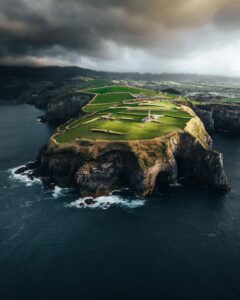
Photo tour in Azores, Portugal
Join us in the Azores for a unique photo tour, where you’ll elevate your creative skills with expert guidance from Ronald Soethje, Bruno Ázera, and Nomadict.
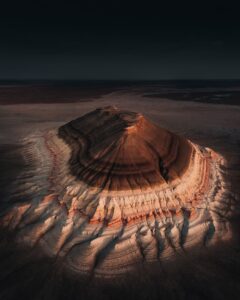
Forest Kai (@forest1kai): Photographer based in the US
In this article, Forest shares how years of chasing scale, silence, and raw landscapes shaped his approach to photography, from the deserts of Kazakhstan to the volcanic ridges of Iceland. He talks about how he uses light, texture, and vast negative space to create images that feel both intimate and overwhelming.
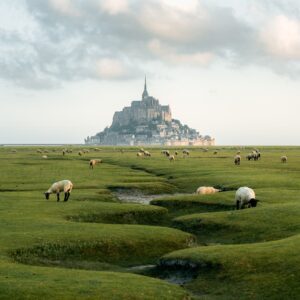
Simon Hechtbauer (@roamwithsimon): Best of the Week 32 at #nomadict
Simon shares the journey behind his photography, from early inspirations to field techniques, editing, and the story of the winning shot that shaped his path.

Miroslav Maršík (@miromarsik): Photographer based in Czech Republic
In this article, Miro shares how his love for cinematic music evolved into a deep passion for photography and how he uses light, color, and atmosphere to turn the streets of Prague into living film scenes.

Aurora photography panorama workflow: A guide to camera settings, editing, and color
In this article, Stefanie reveals how her background in physics sparked her passion for astrophotography and how she blends science with creativity to capture the beauty of the night sky. Readers will discover her approach to color, contrast, and editing, as well as her aurora photography workflow.

Yhabril (@yhabril): Best of the Week 33 at #nomadict
Spanish photographer Yhabril captures the profound connection between humans and the mountains that shaped him. Growing up in the Pyrenees, his work bridges outdoor sports, landscapes, and celestial scenes — often blending athletes, moonlight, and wilderness into striking visual stories.

Ariane Totzke (@besondersschwierig): Photographer based in Switzerland
In this article, Ariane shares how photography helped her navigate personal challenges, connect authentically with people and animals, and develop a philosophy rooted in empathy and artistic freedom. Readers will also discover her ethical approach to wildlife photography and her trusted equipment for both camouflage techniques and cameras.

How to photograph Dutch tulip fields: A guide to light, gear, composition, and colors
Discover how to photograph Dutch tulip fields in their most magical light. From choosing the right gear and lenses to mastering composition, color, and aerial perspectives, this guide shares creative techniques to capture the beauty of the Netherlands’ tulips. Learn how light, color grading, and proportion bring emotion into every frame.
